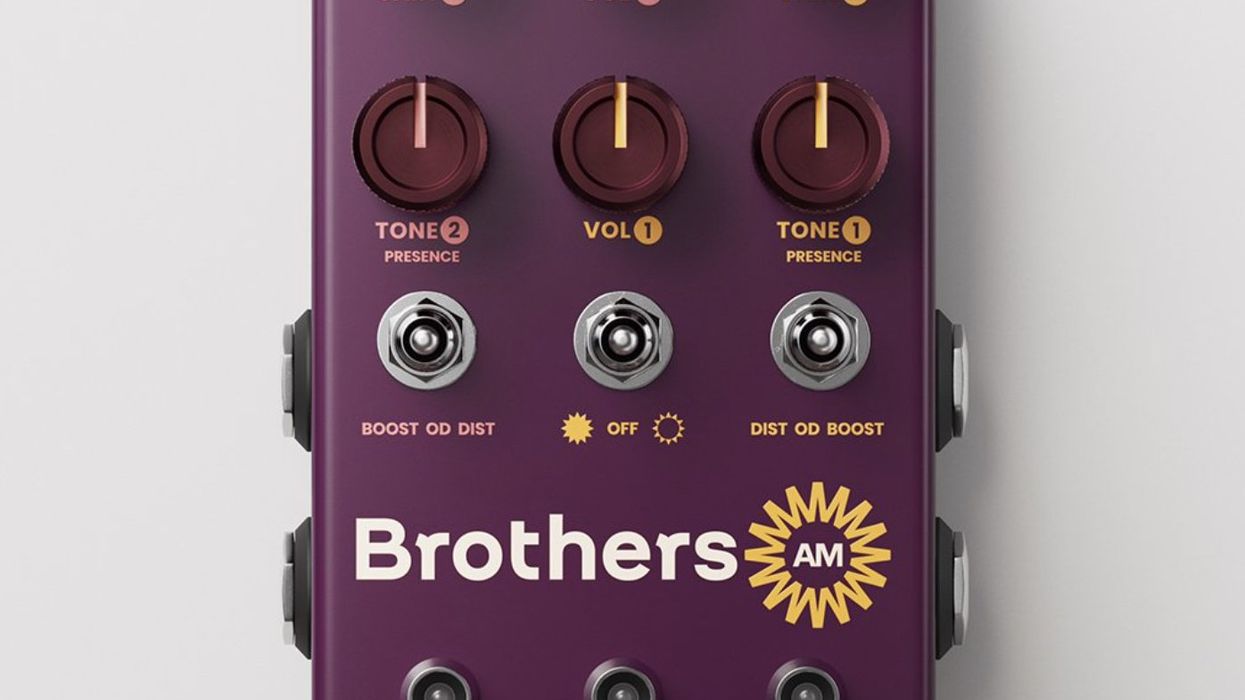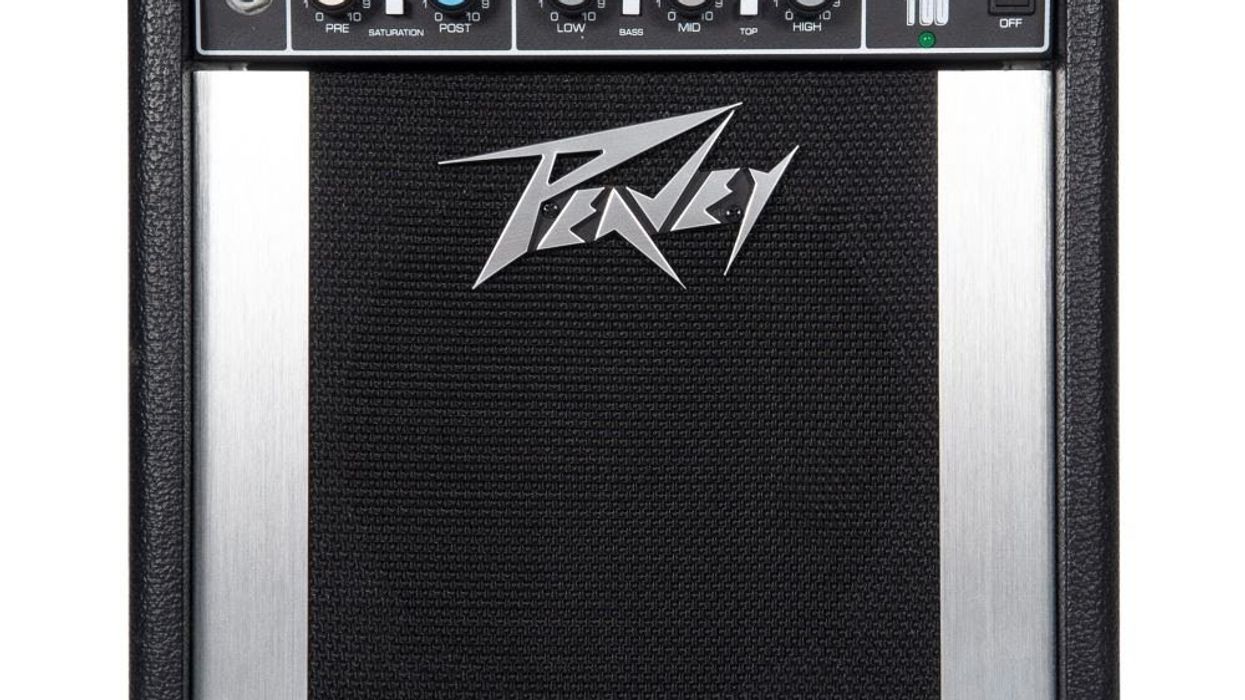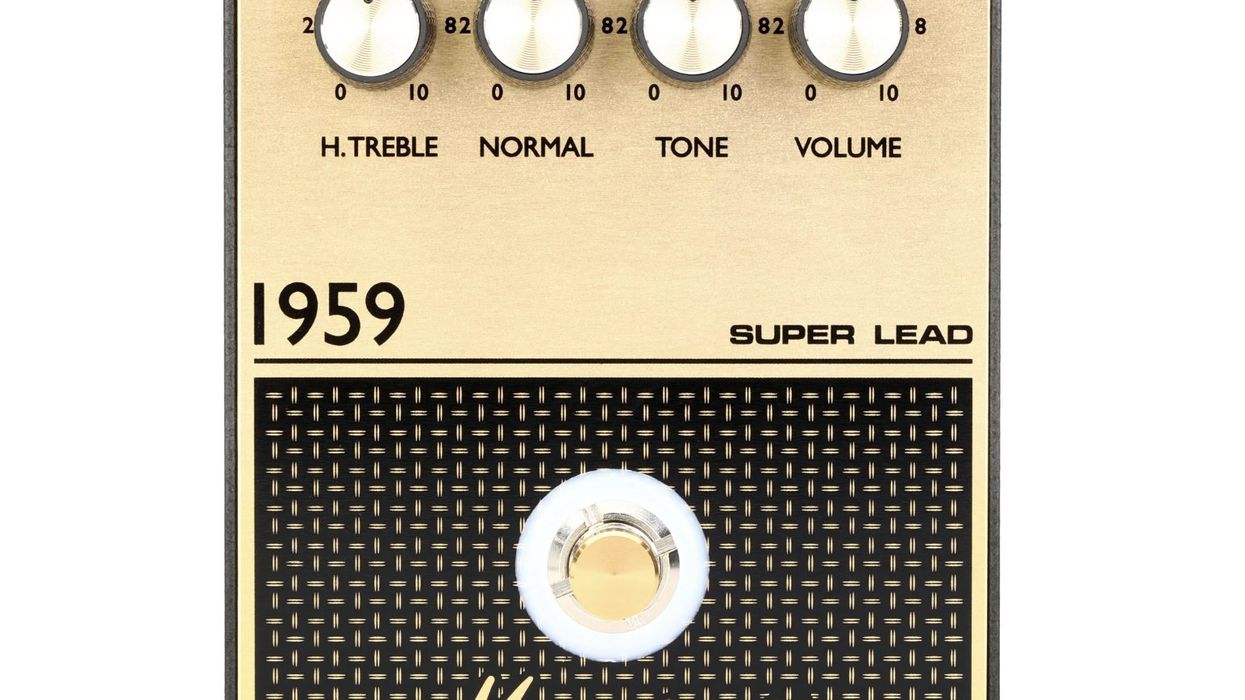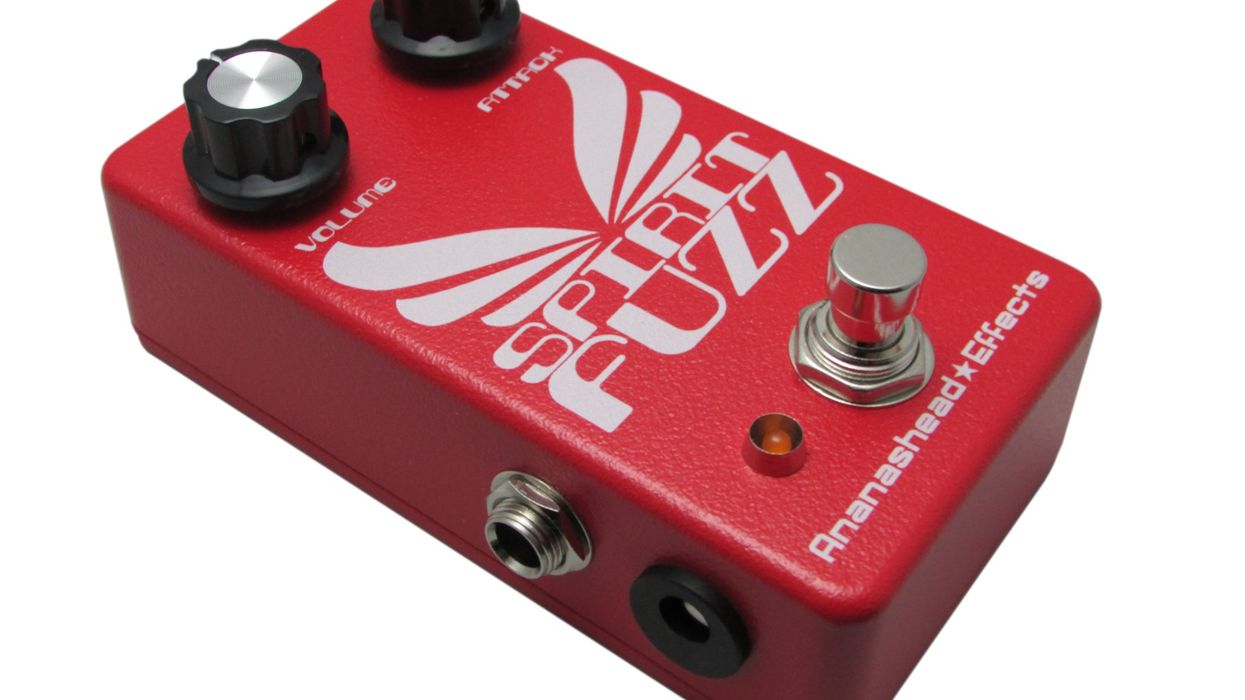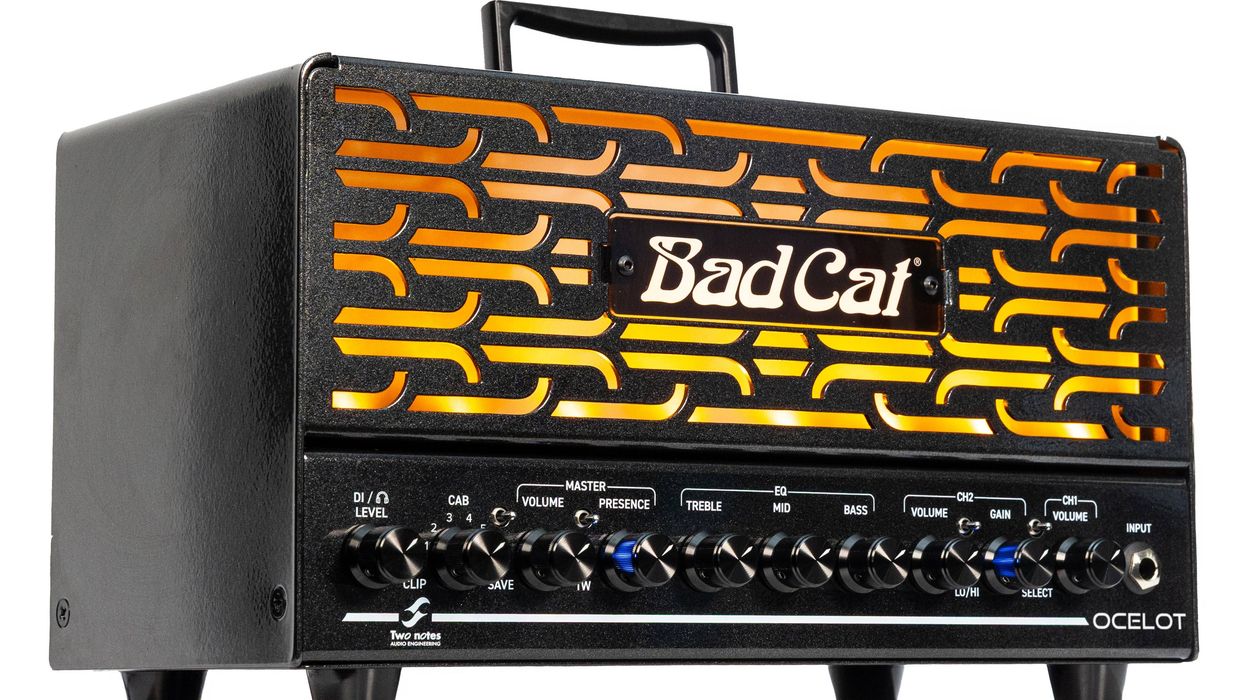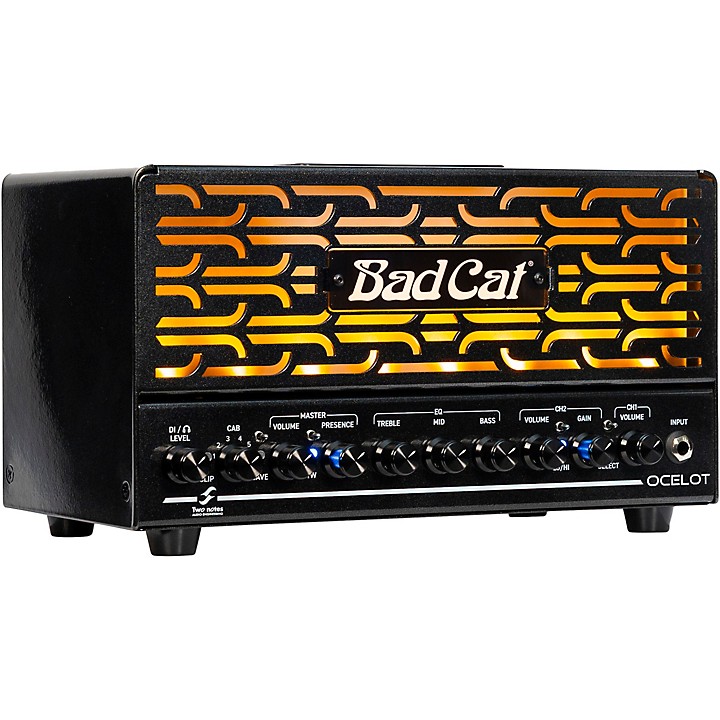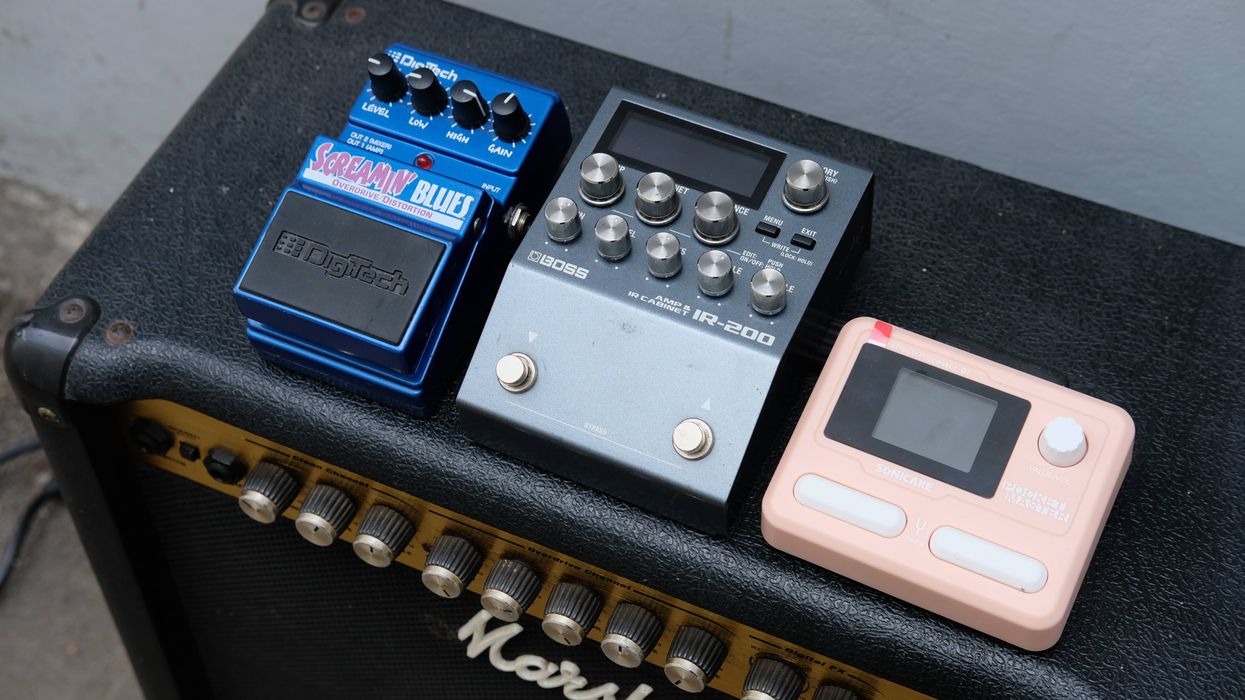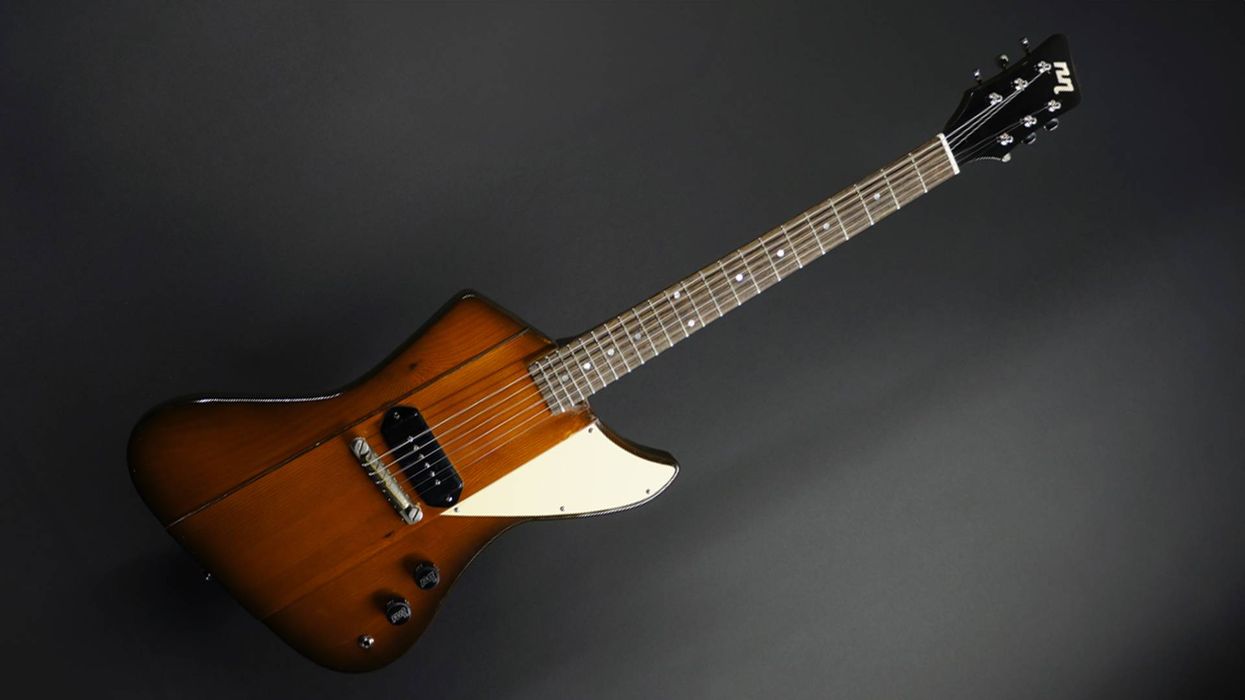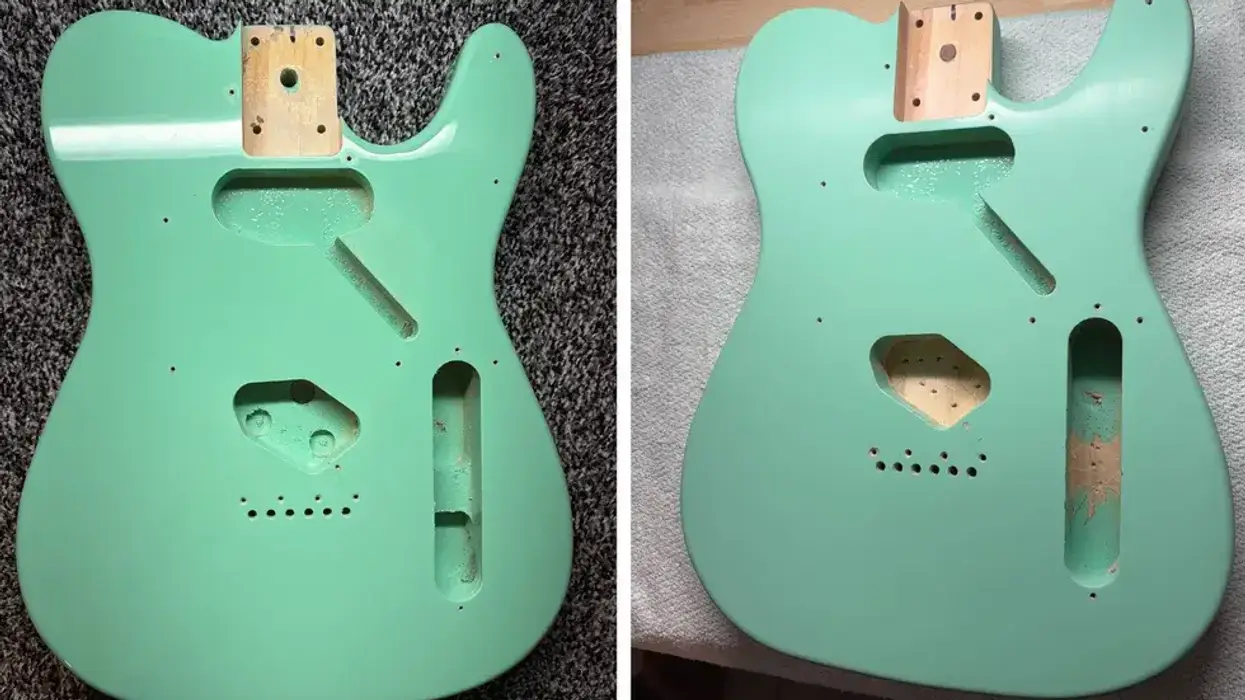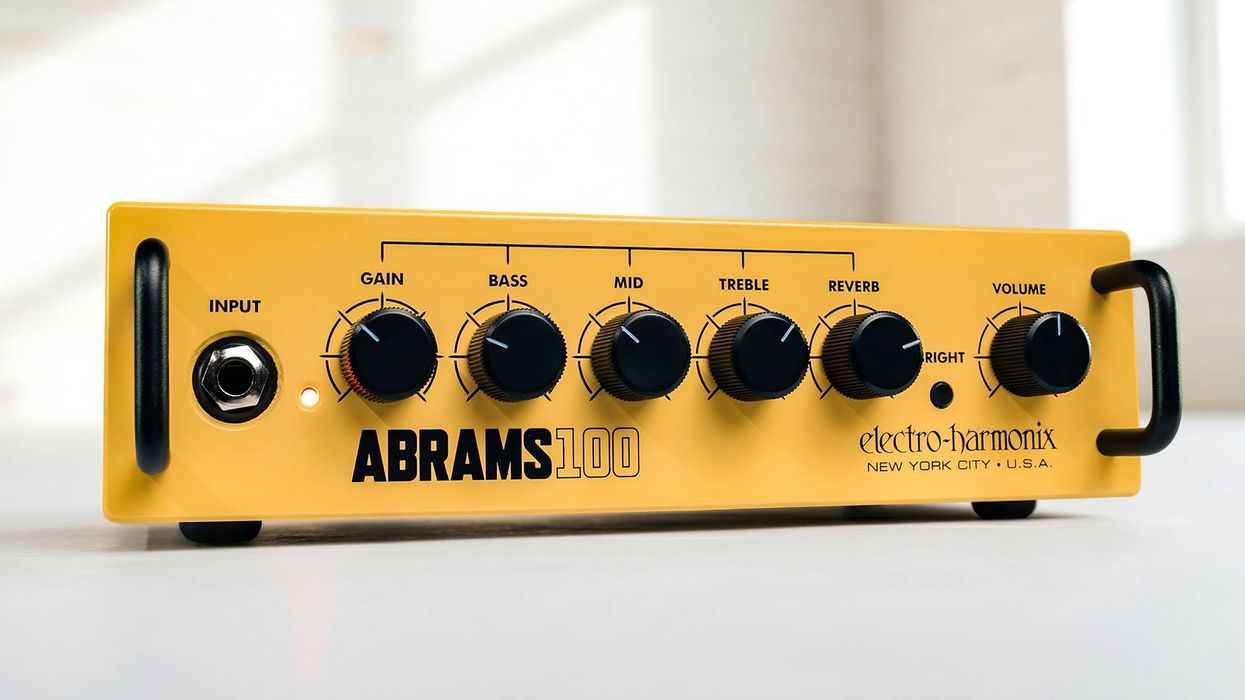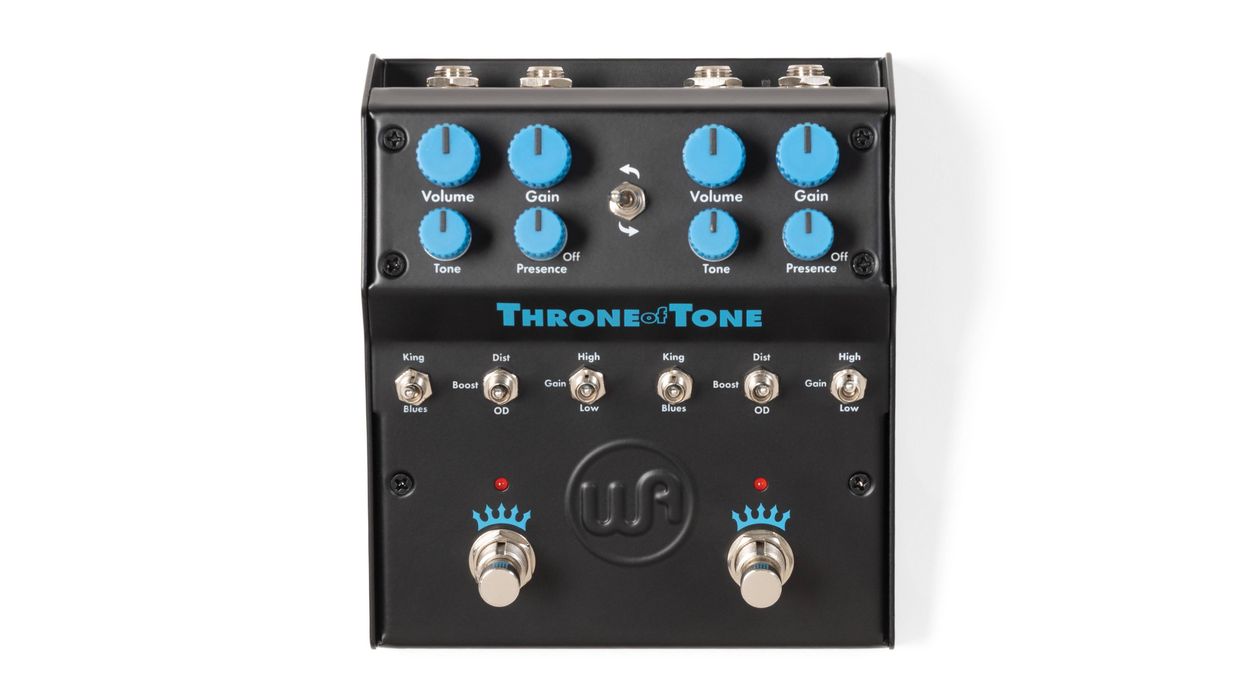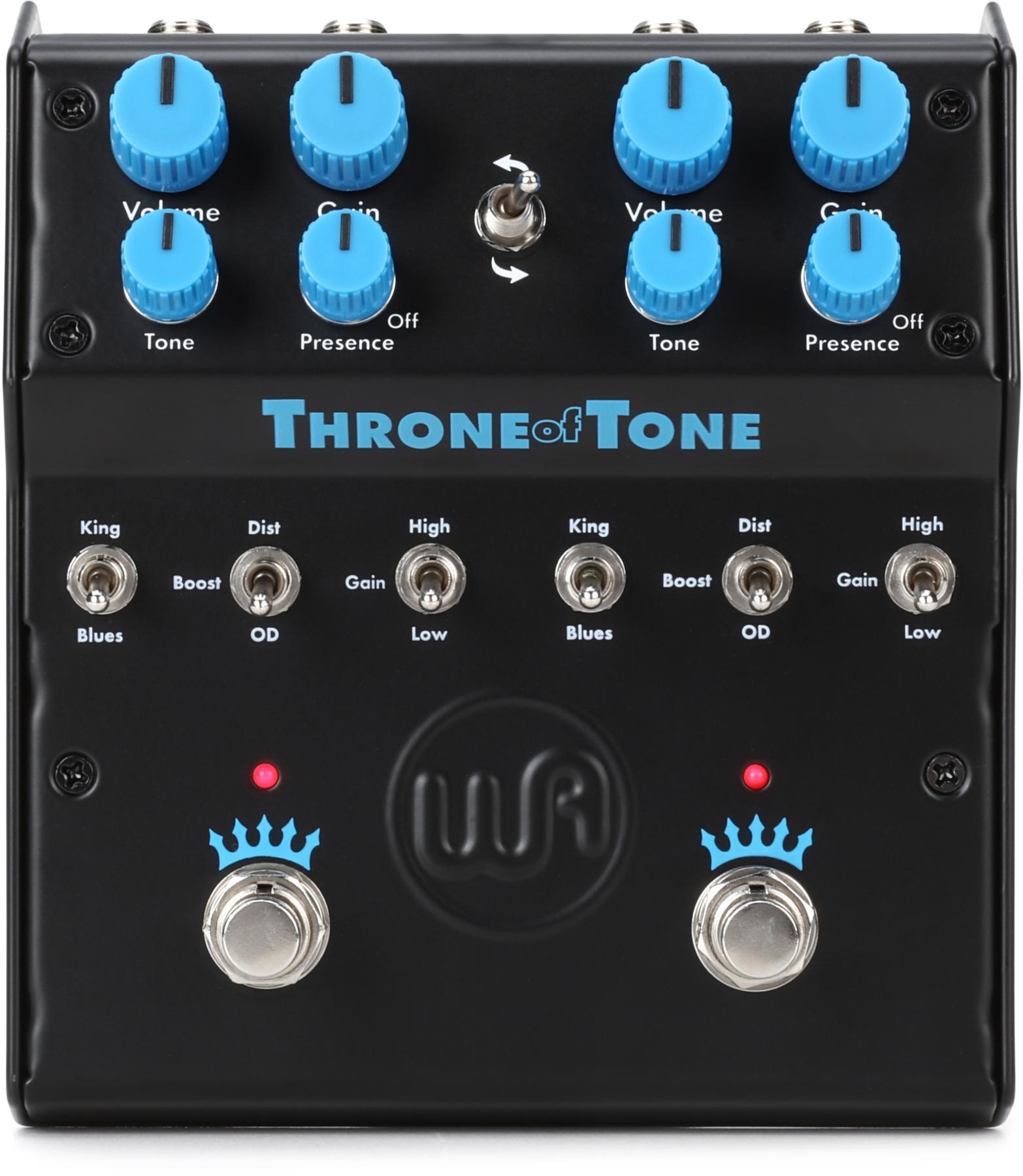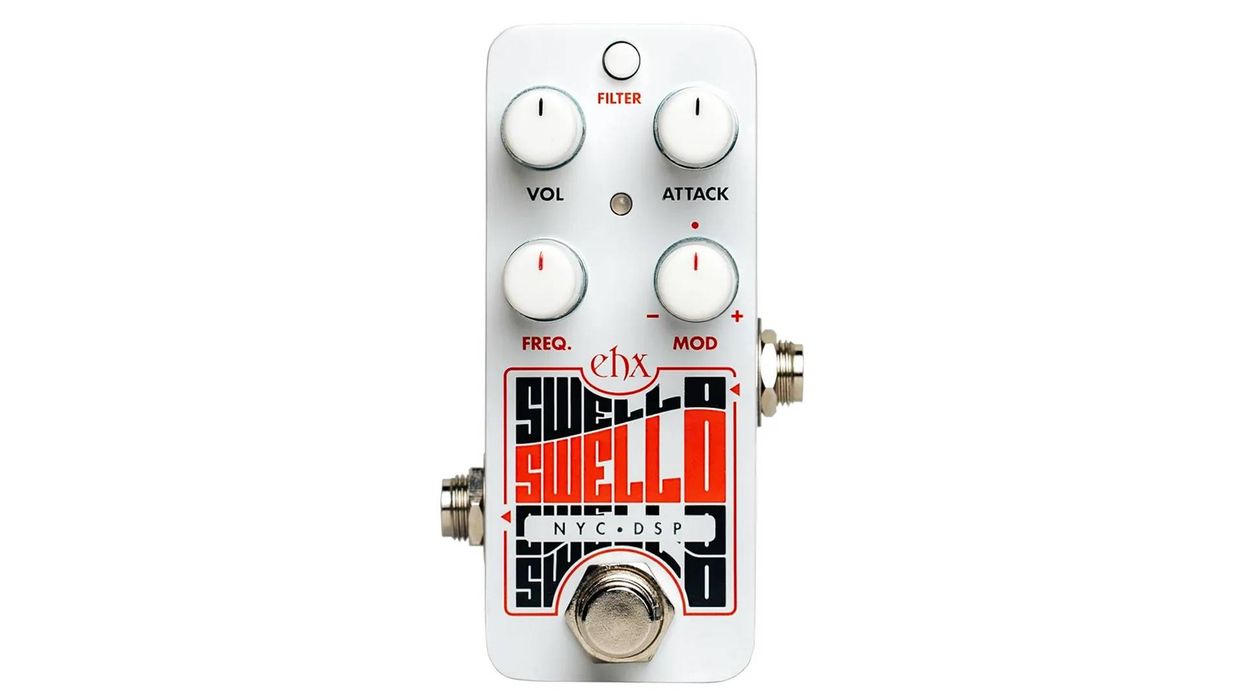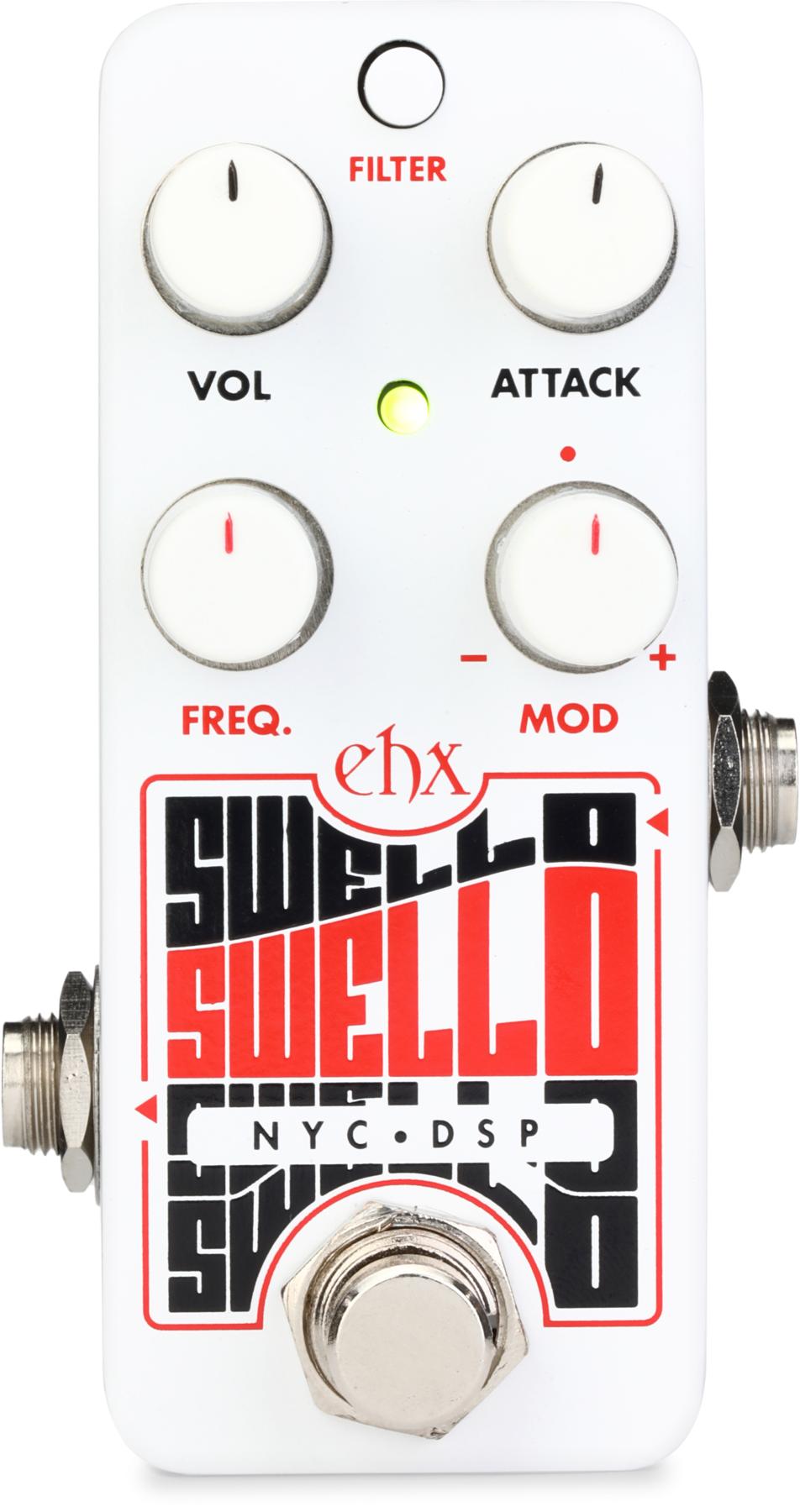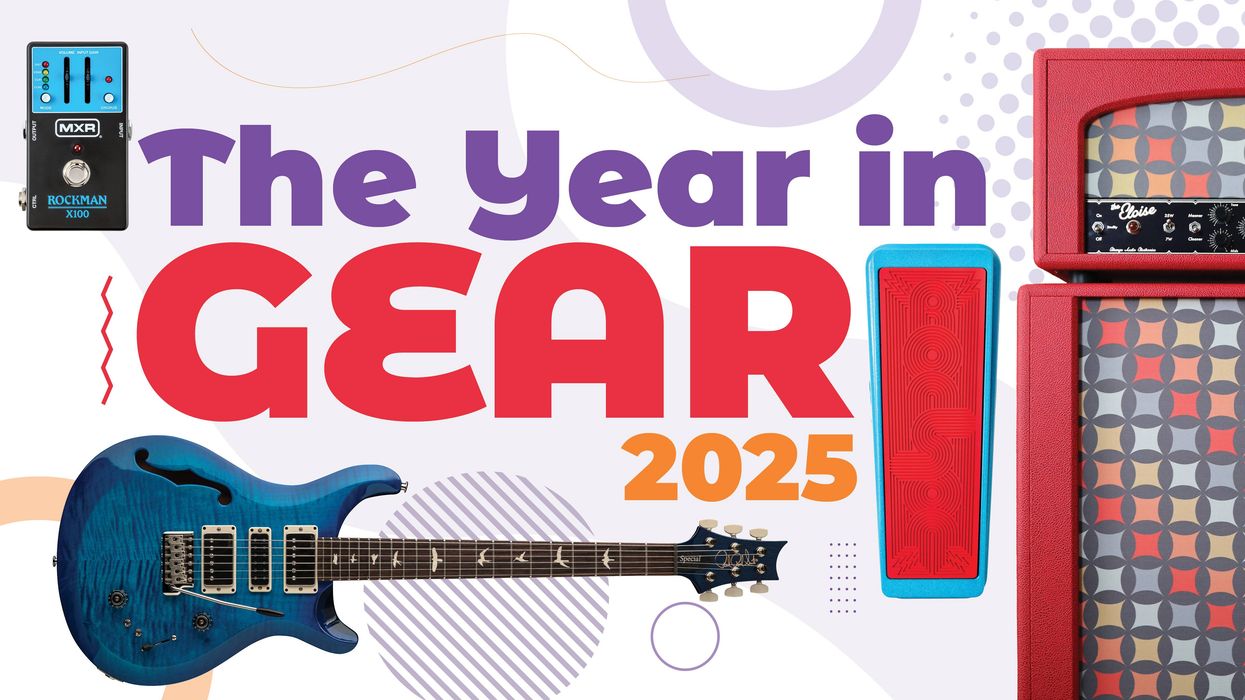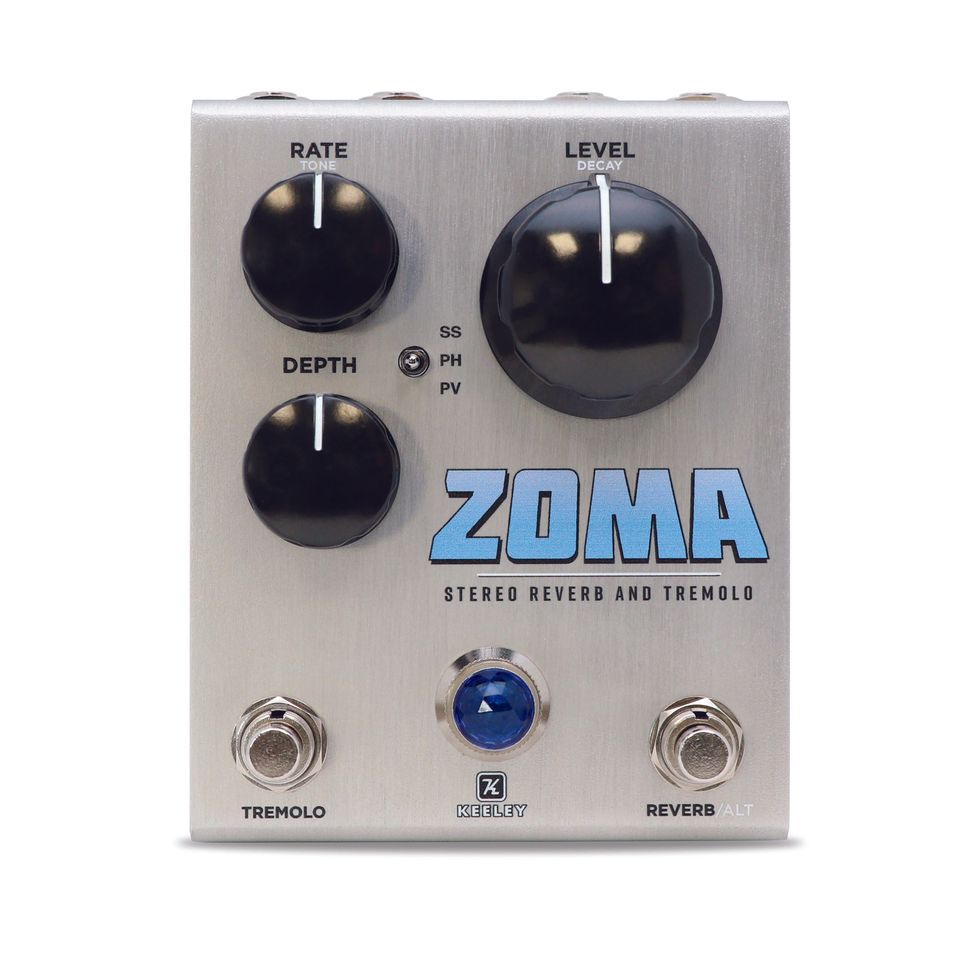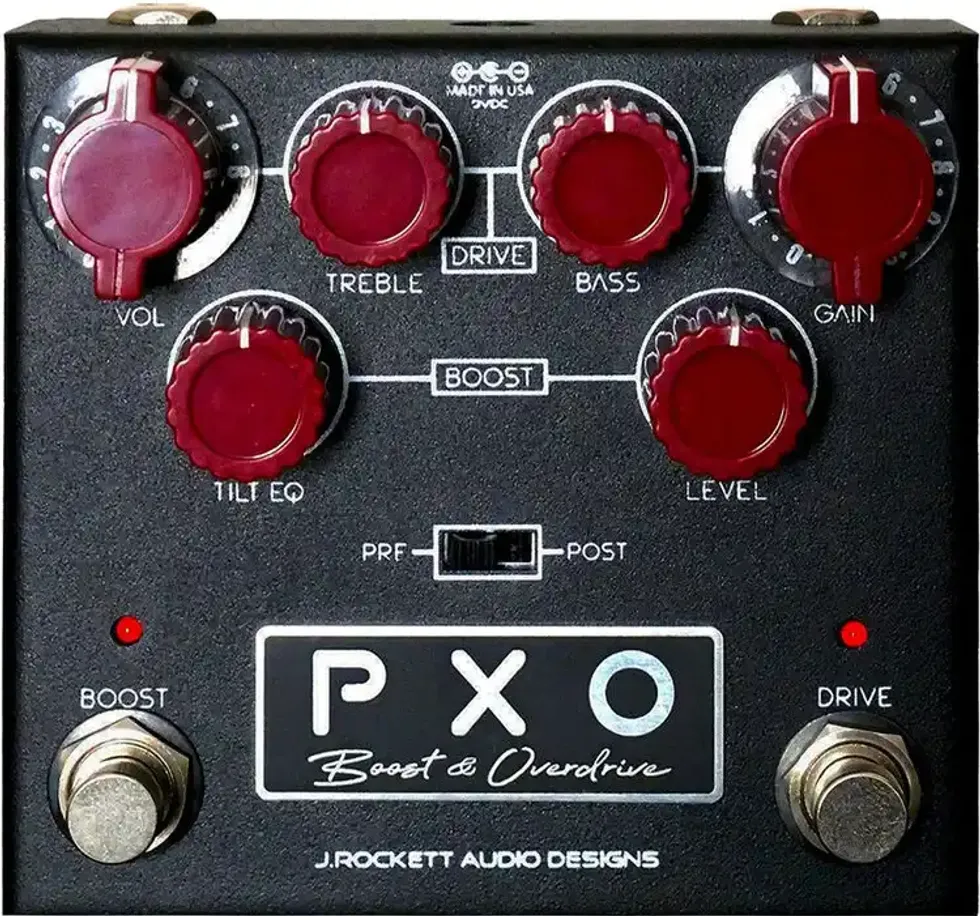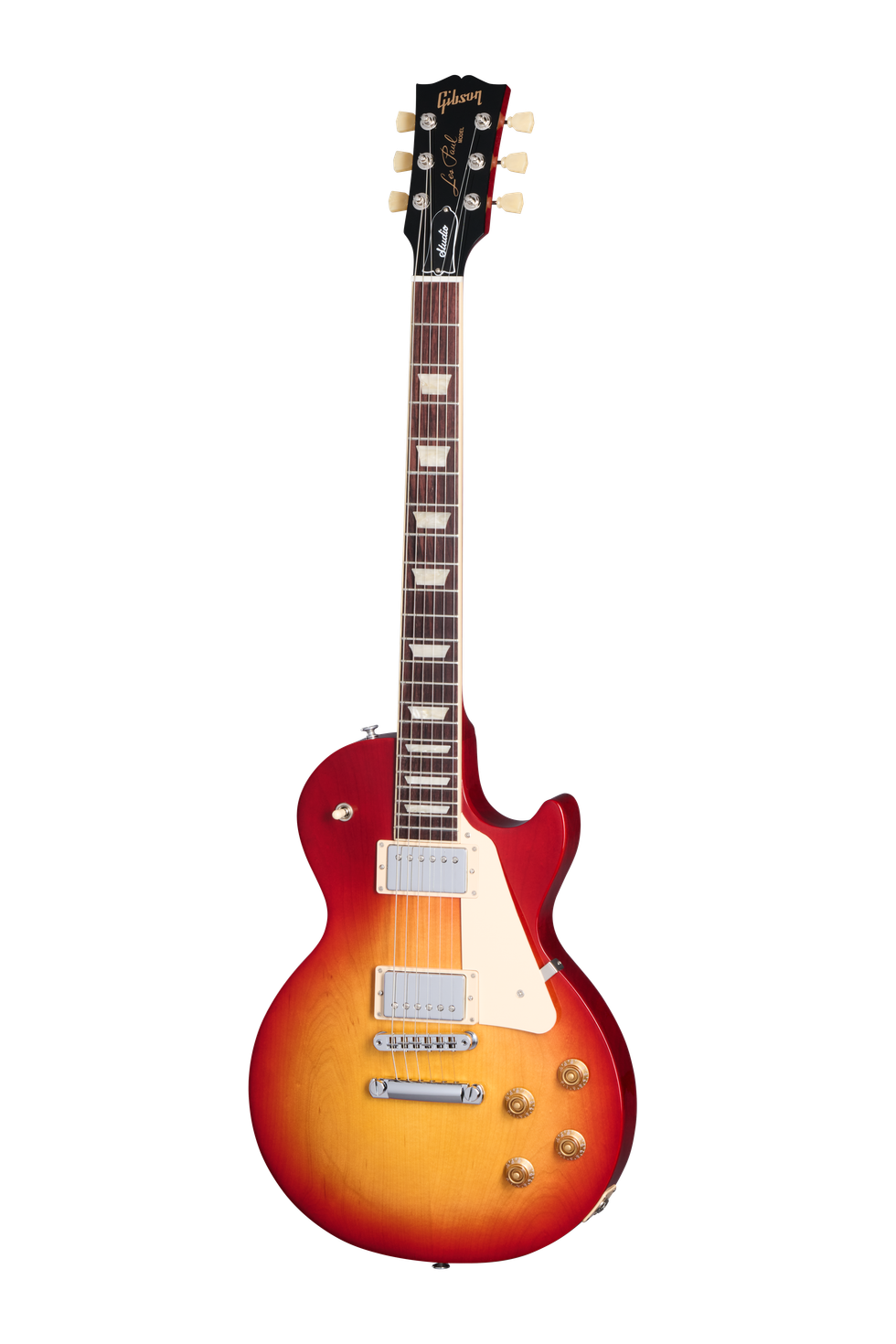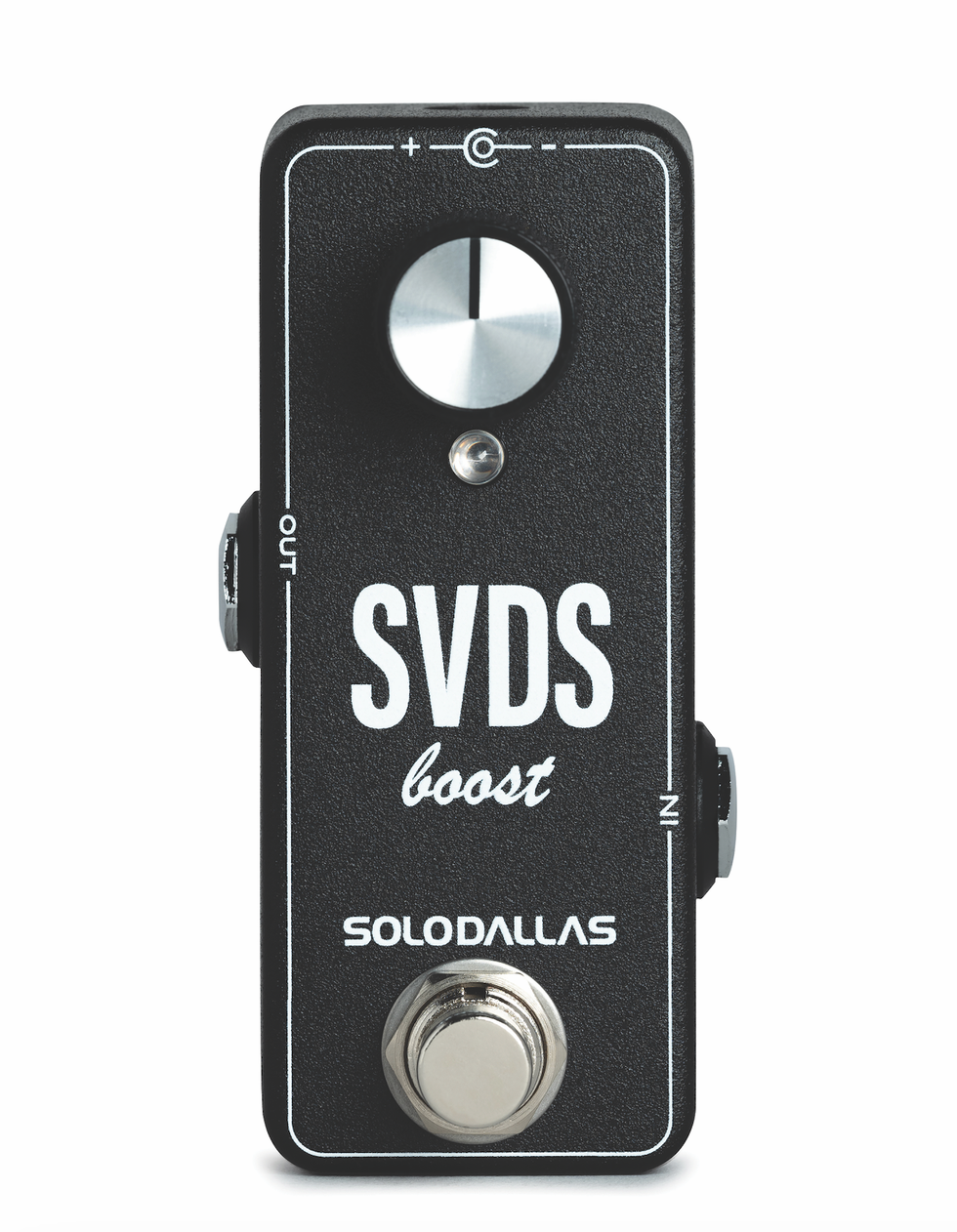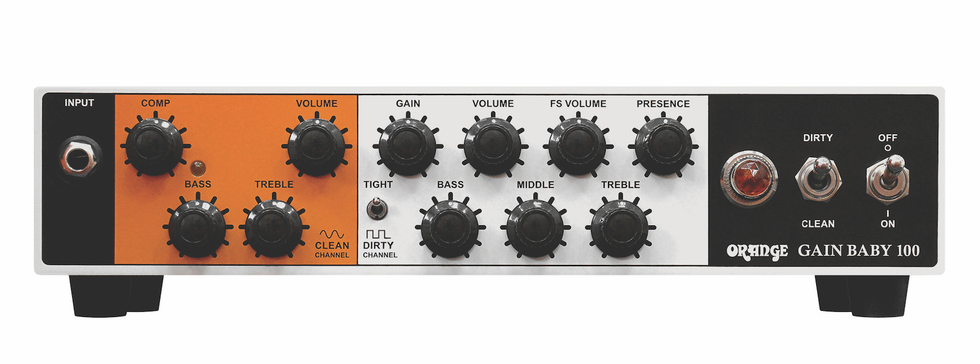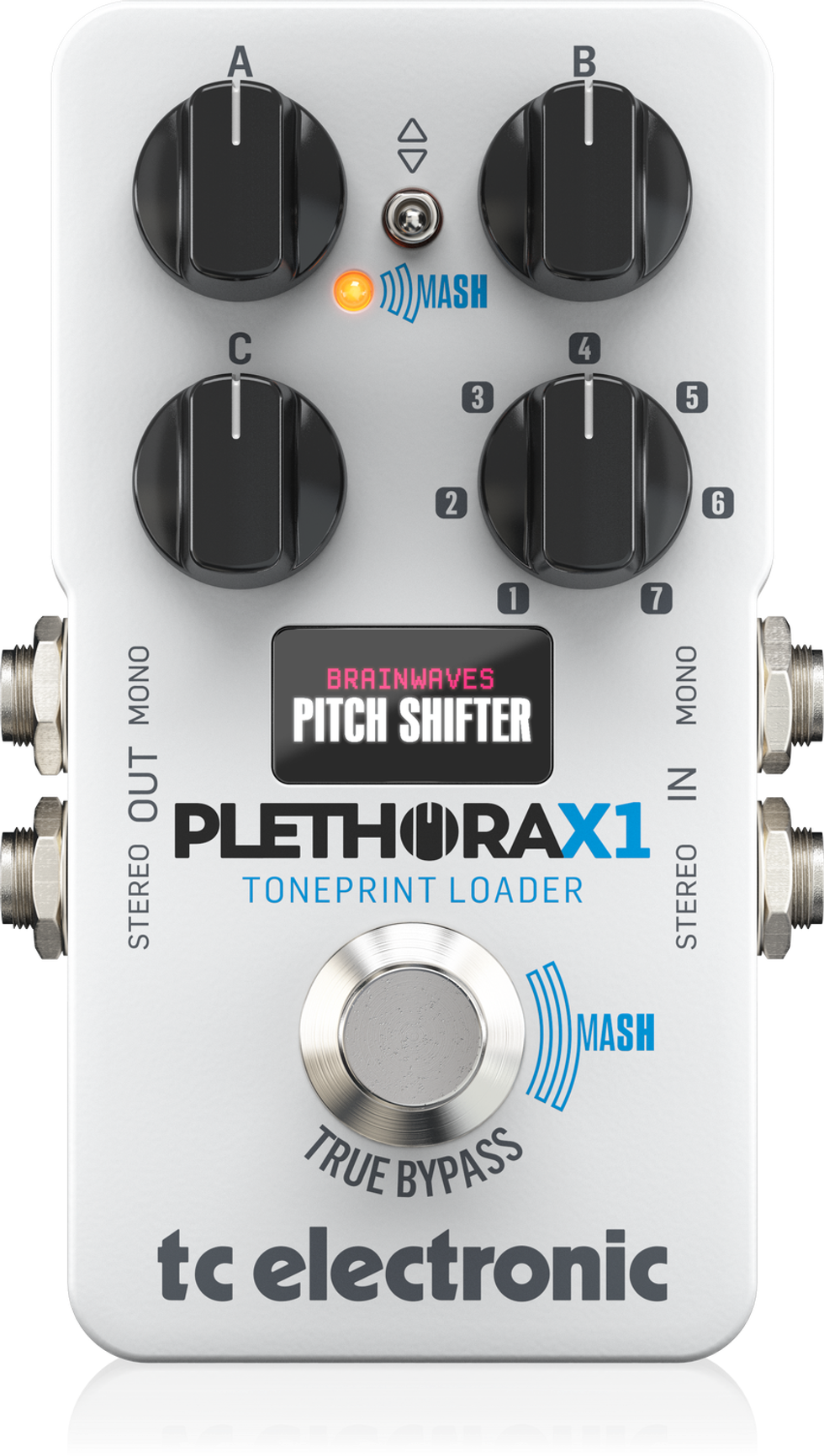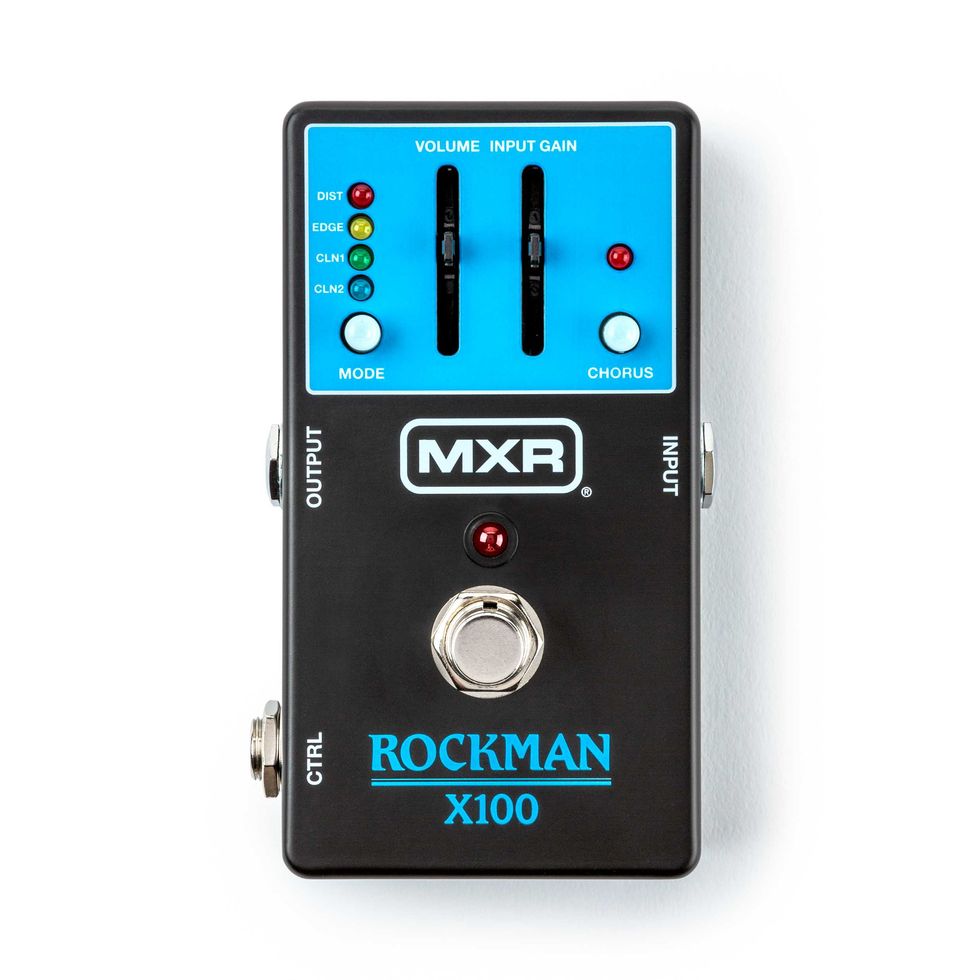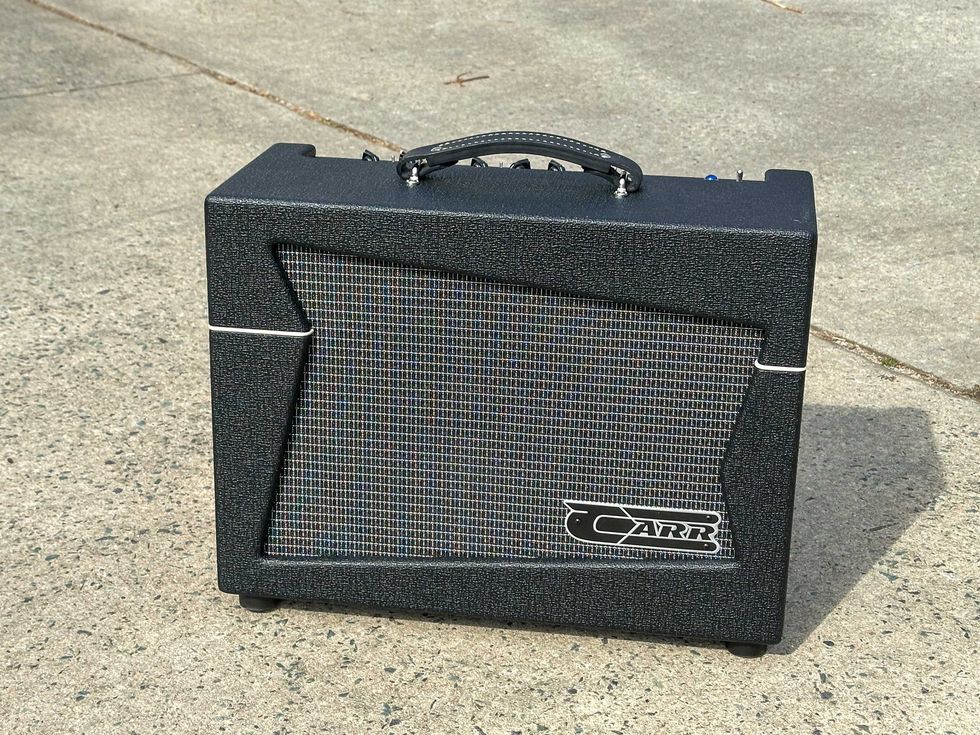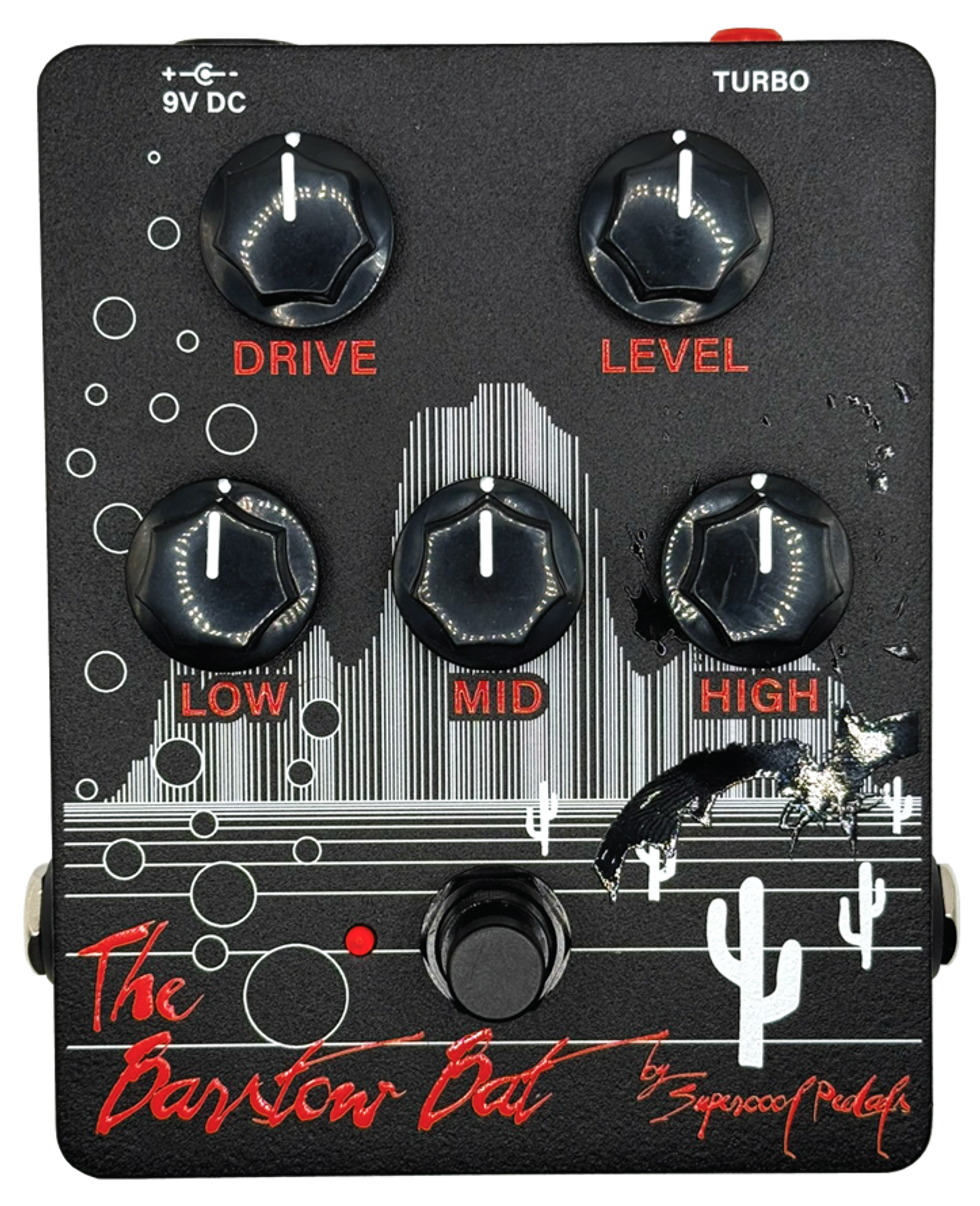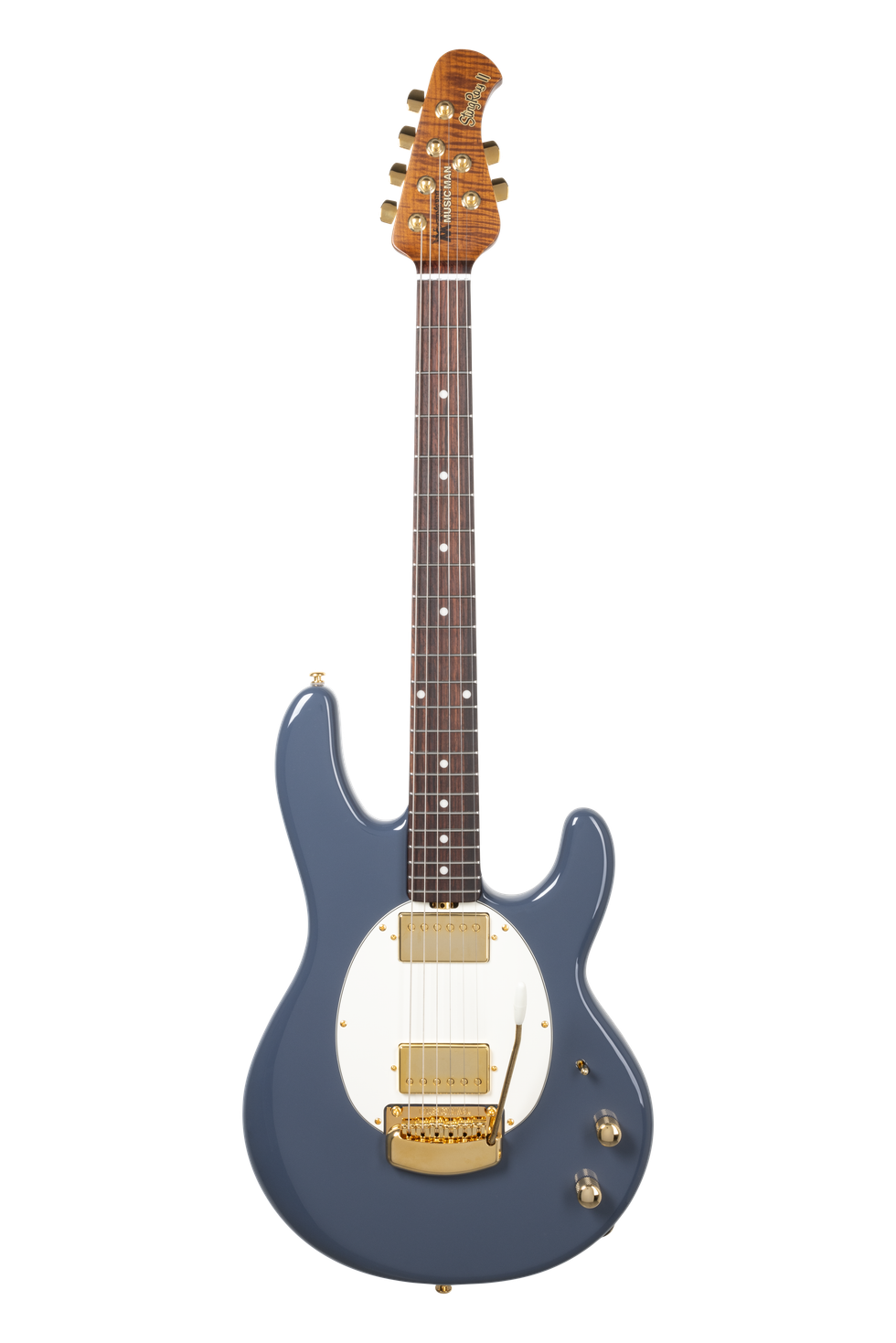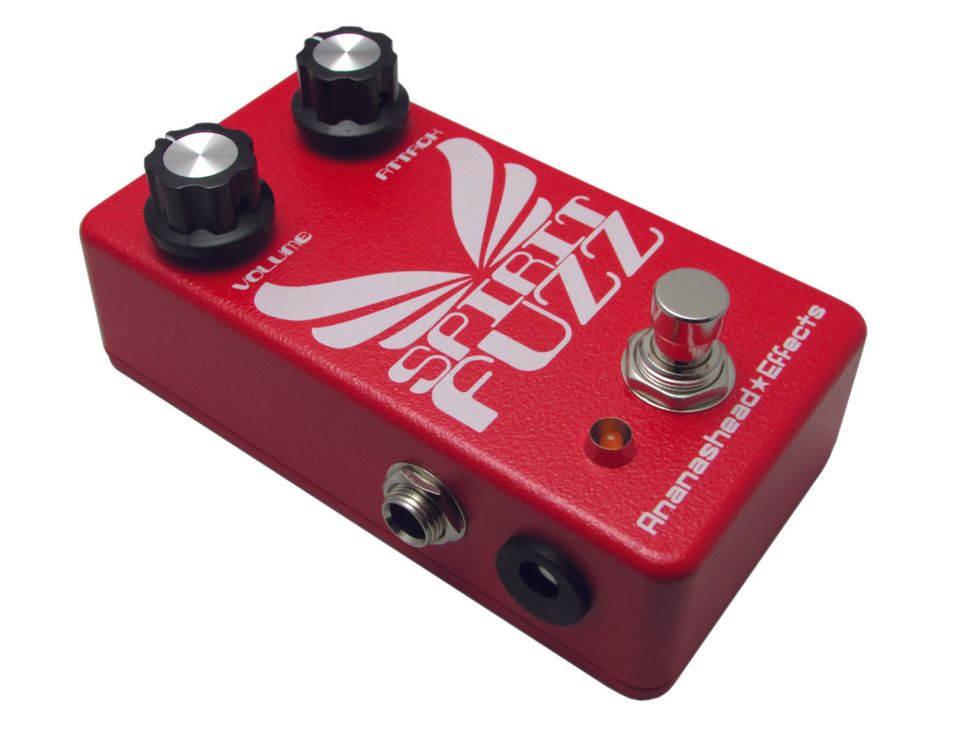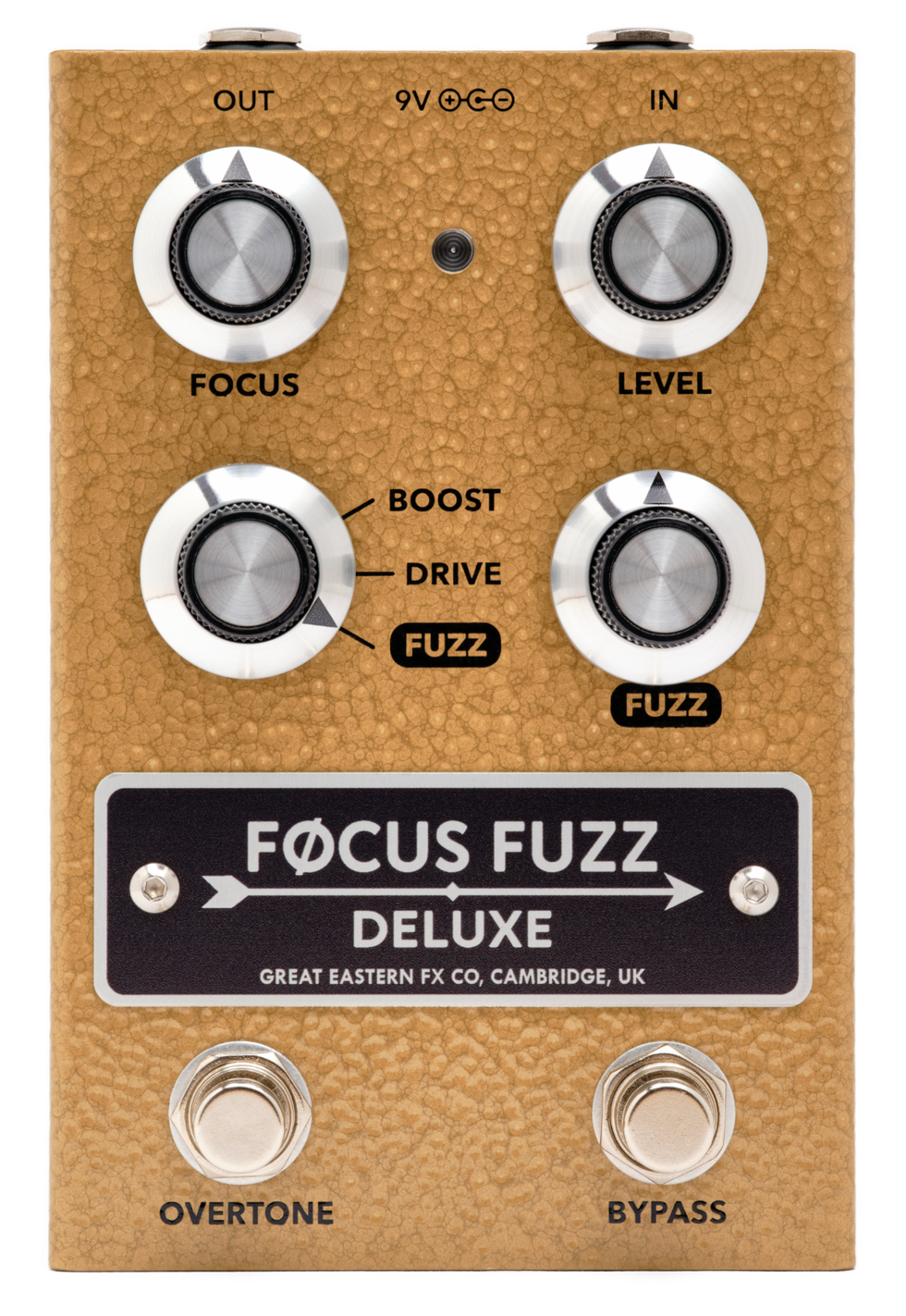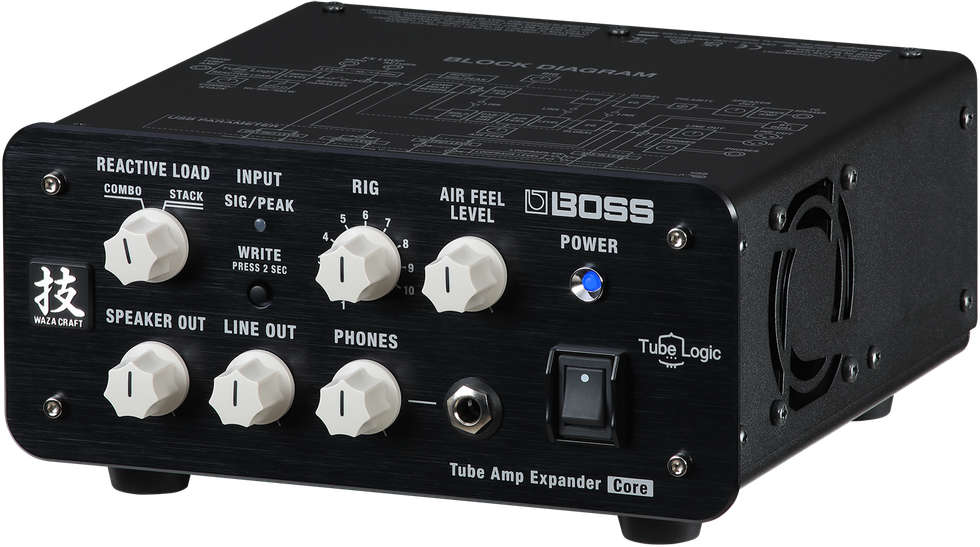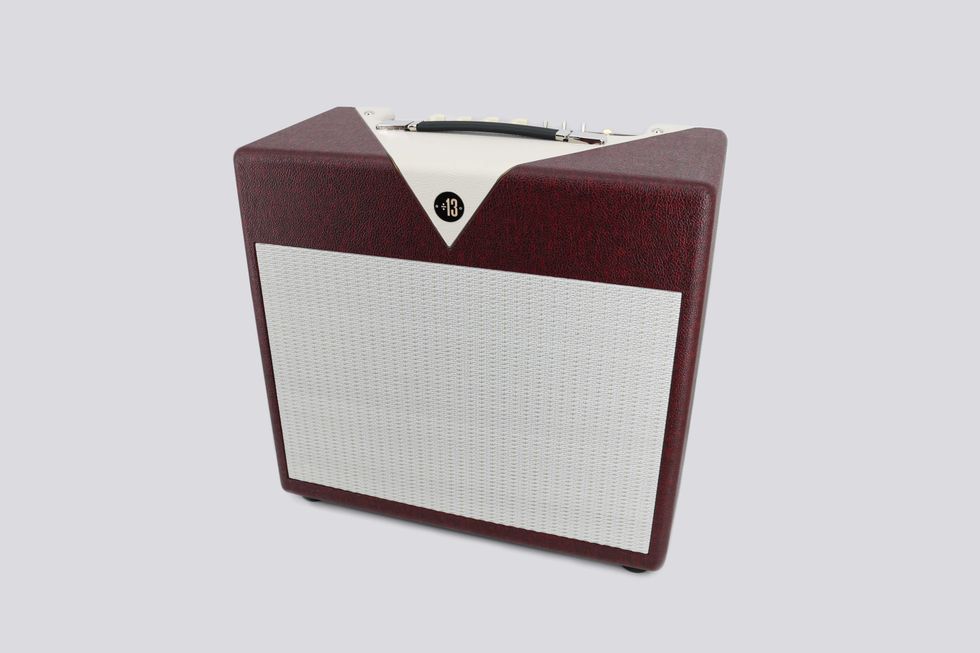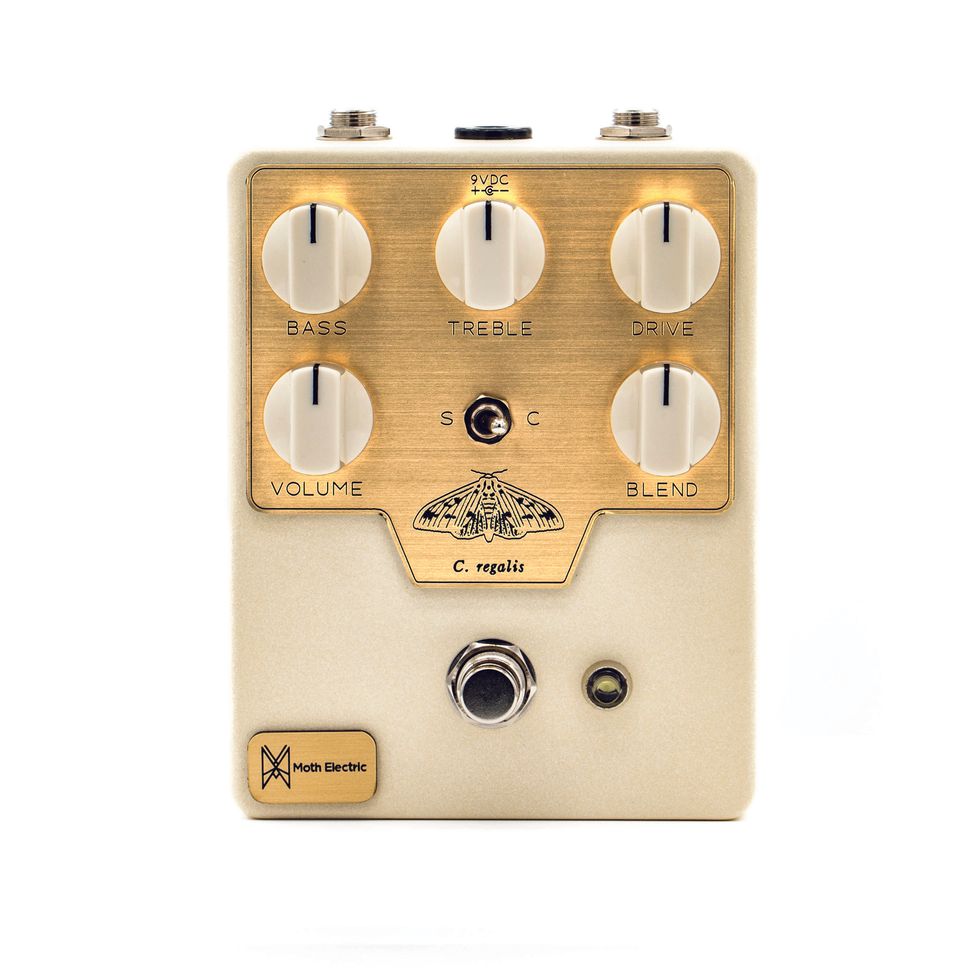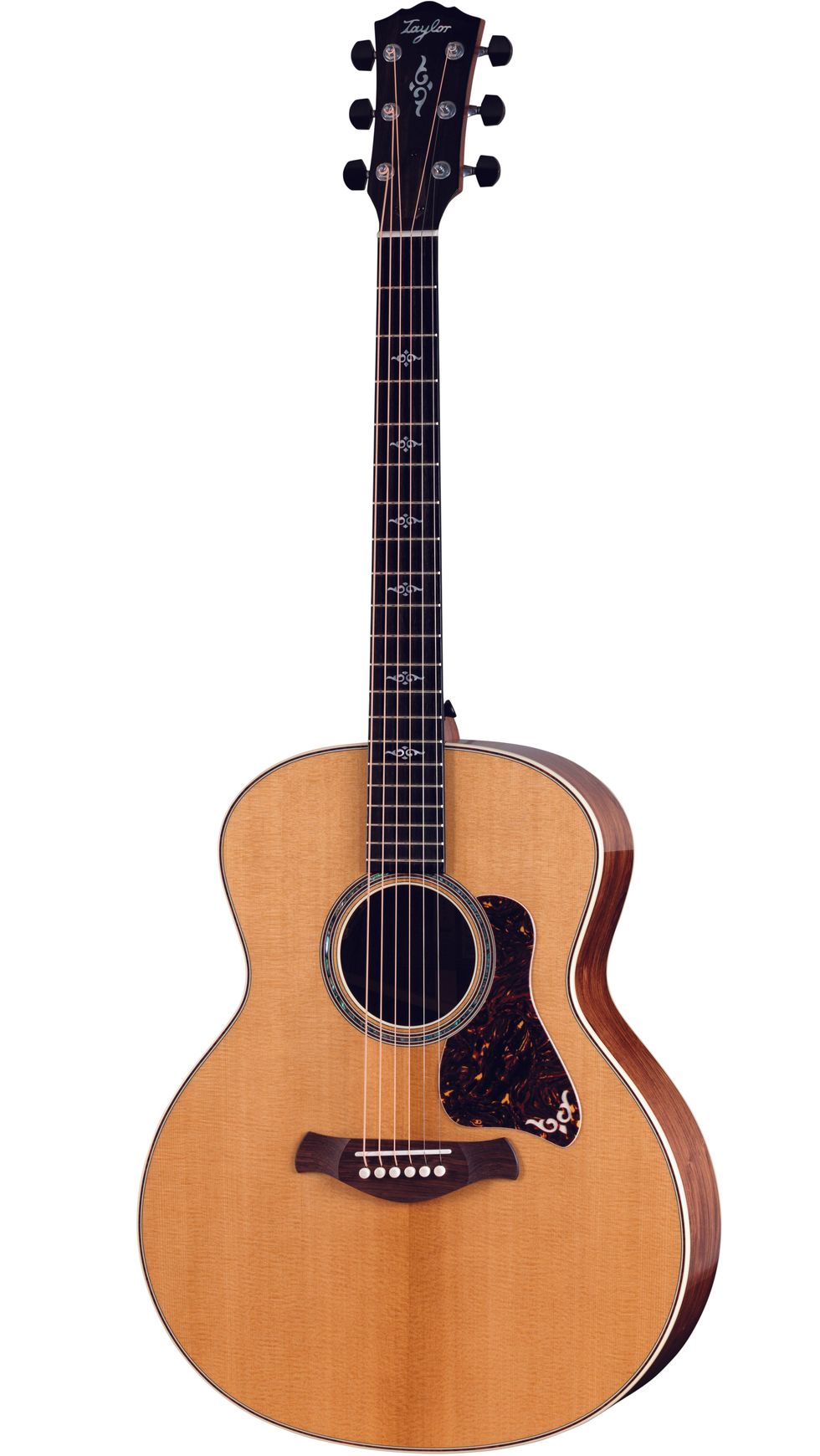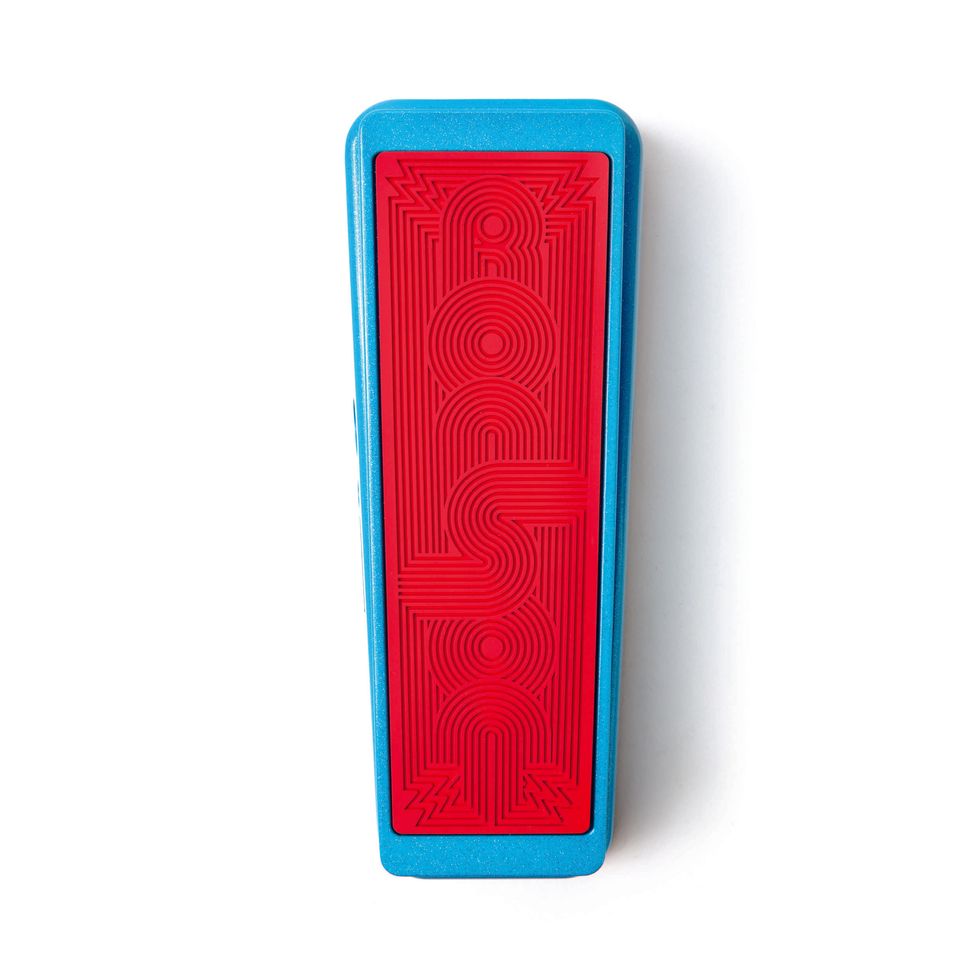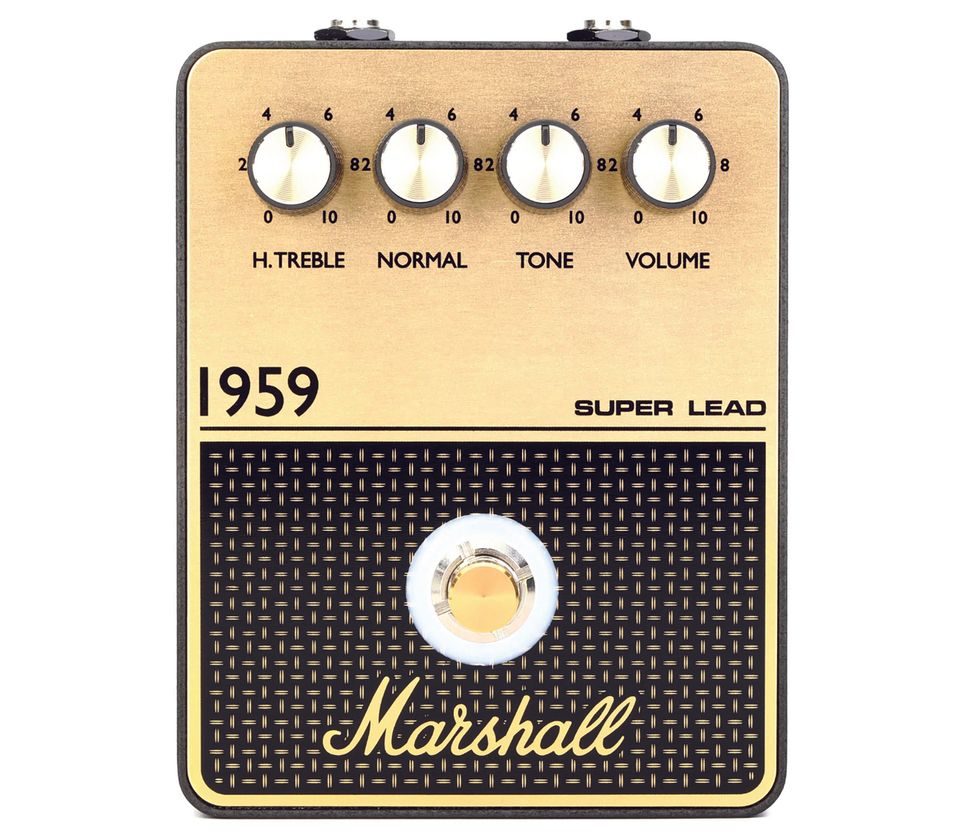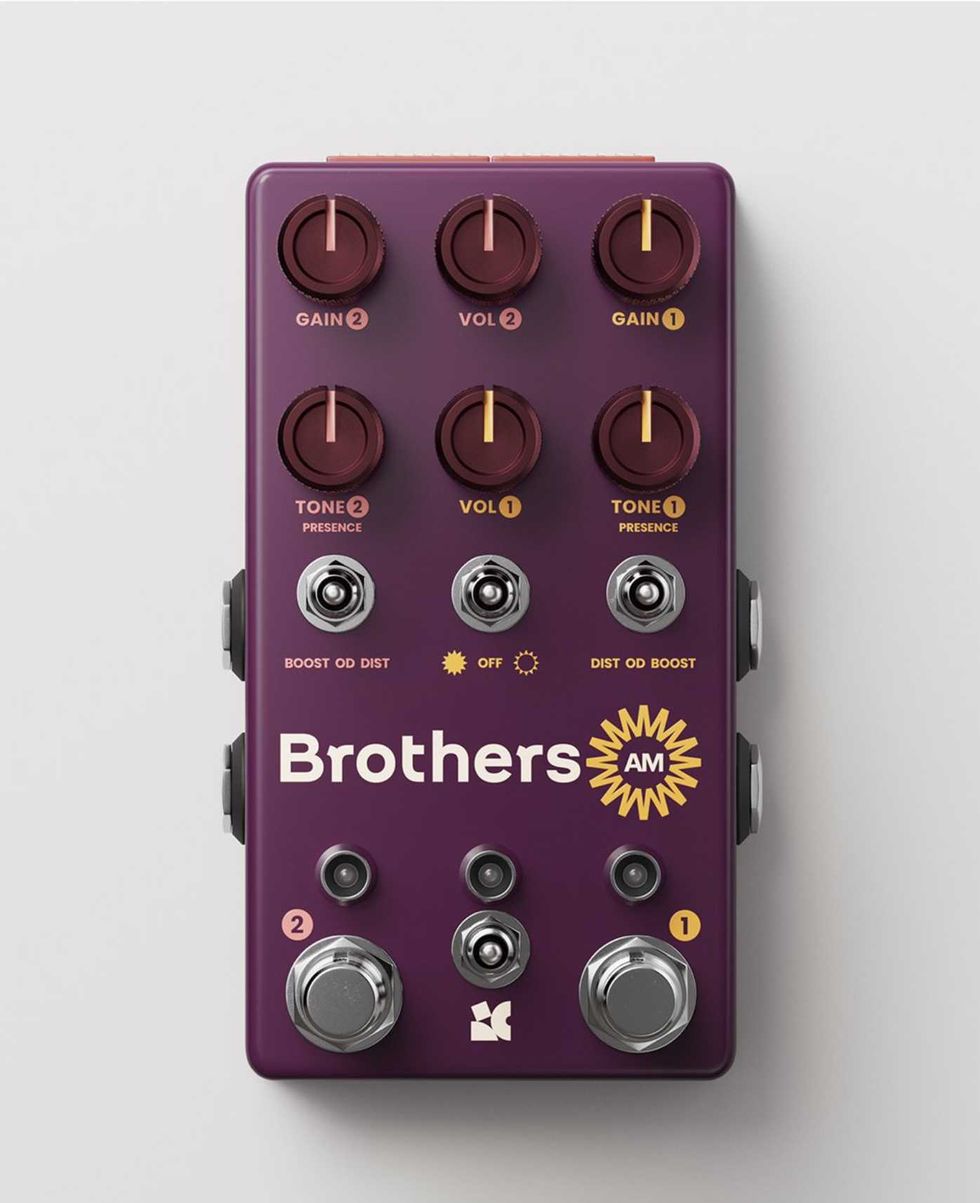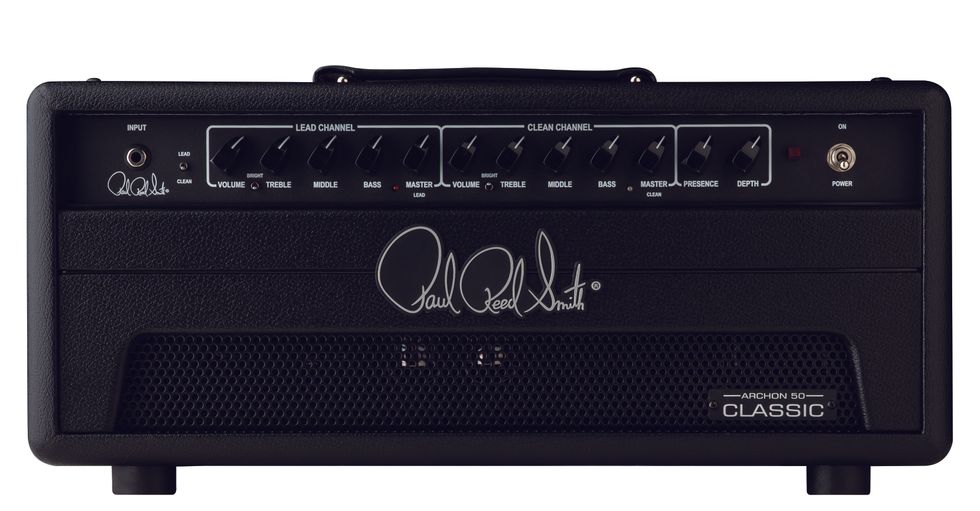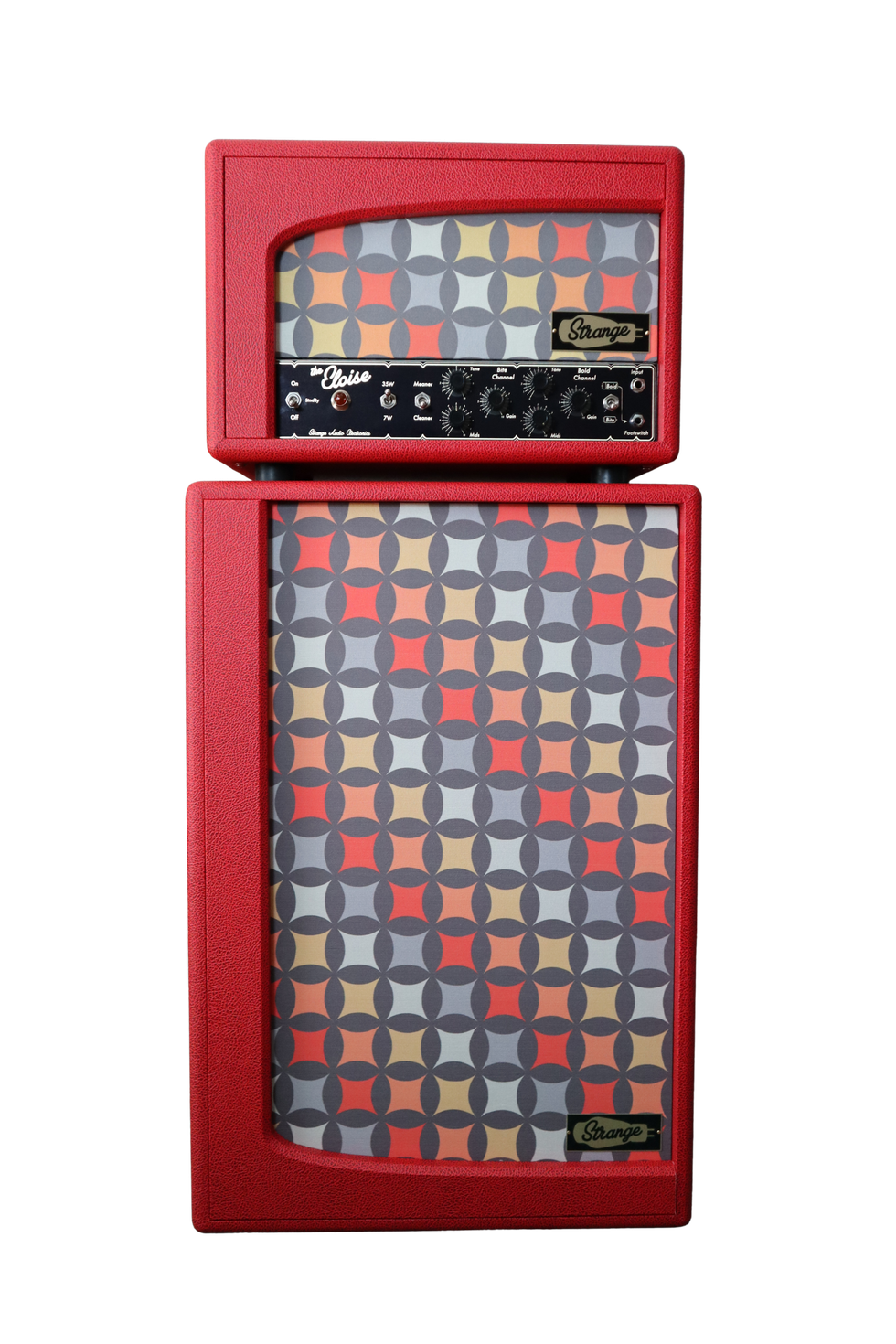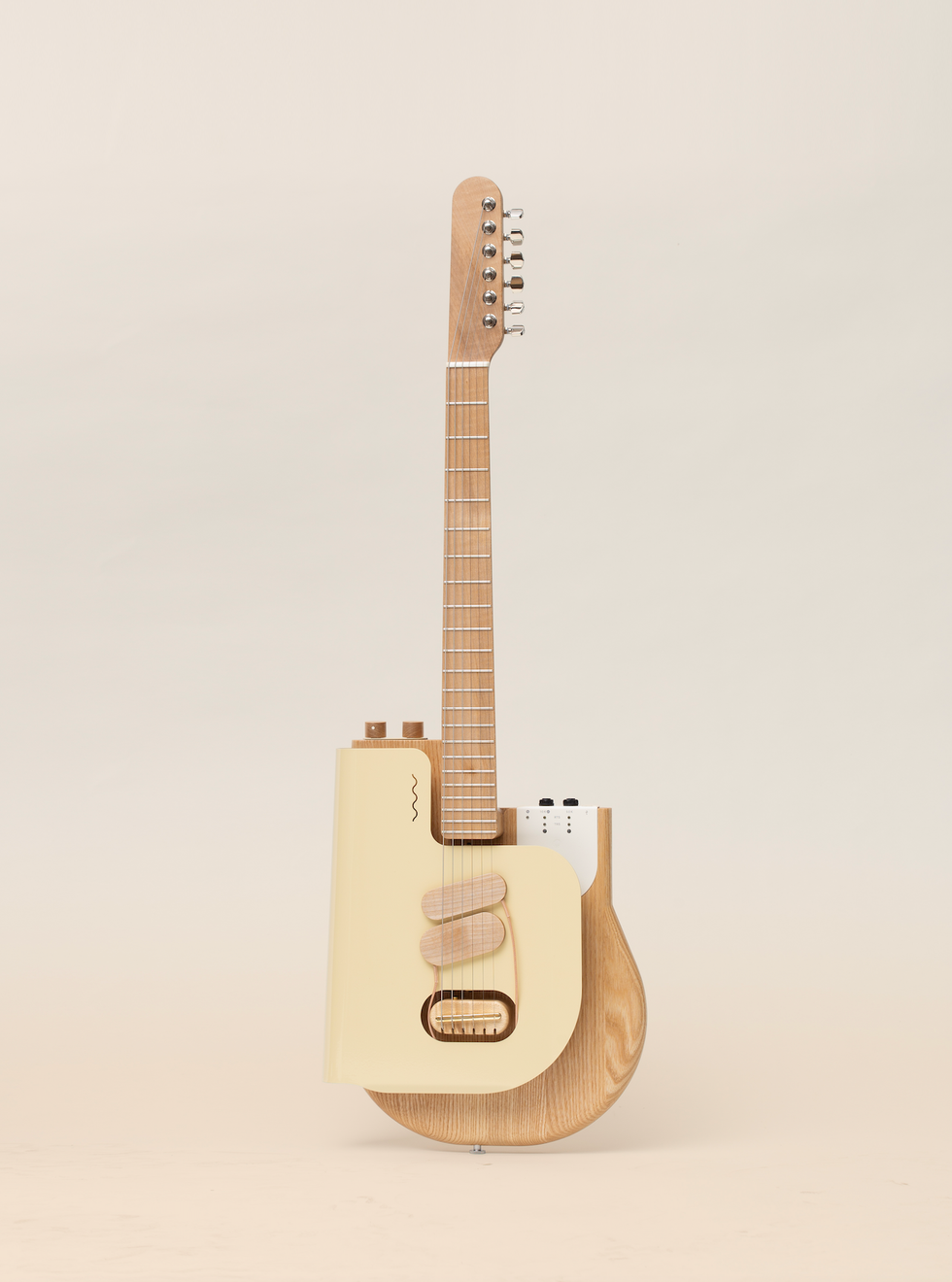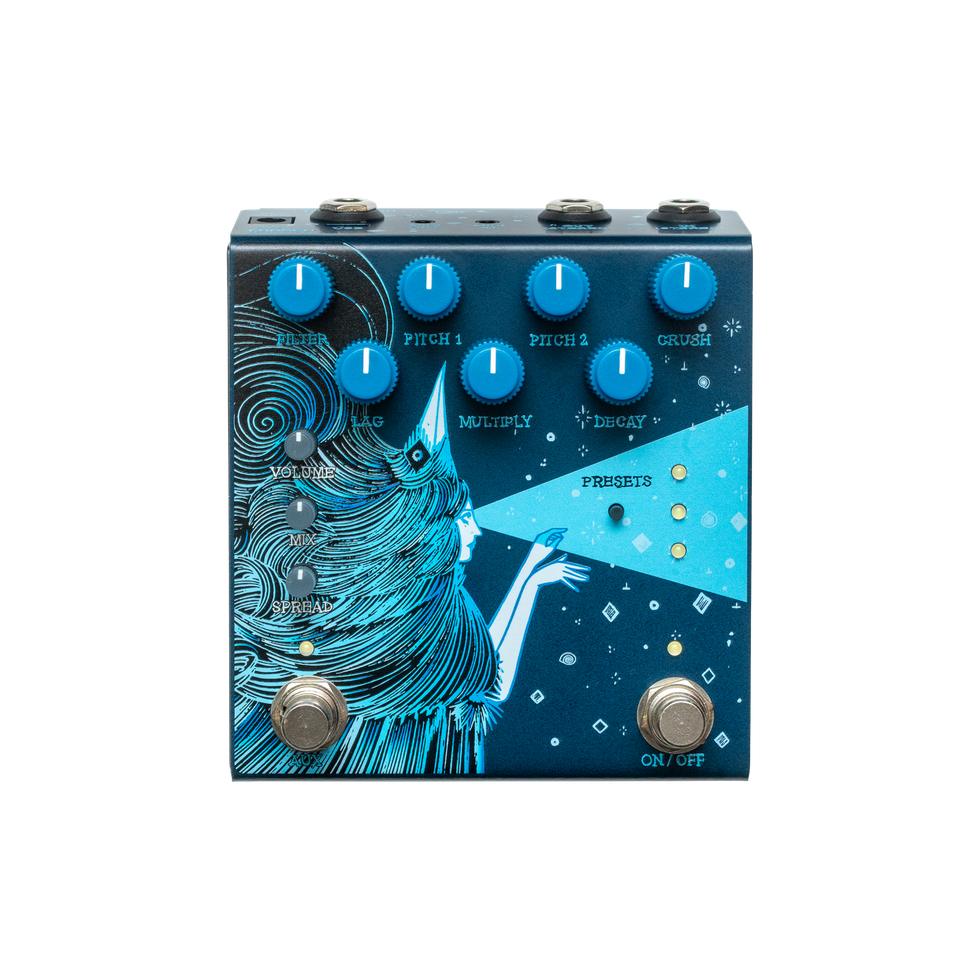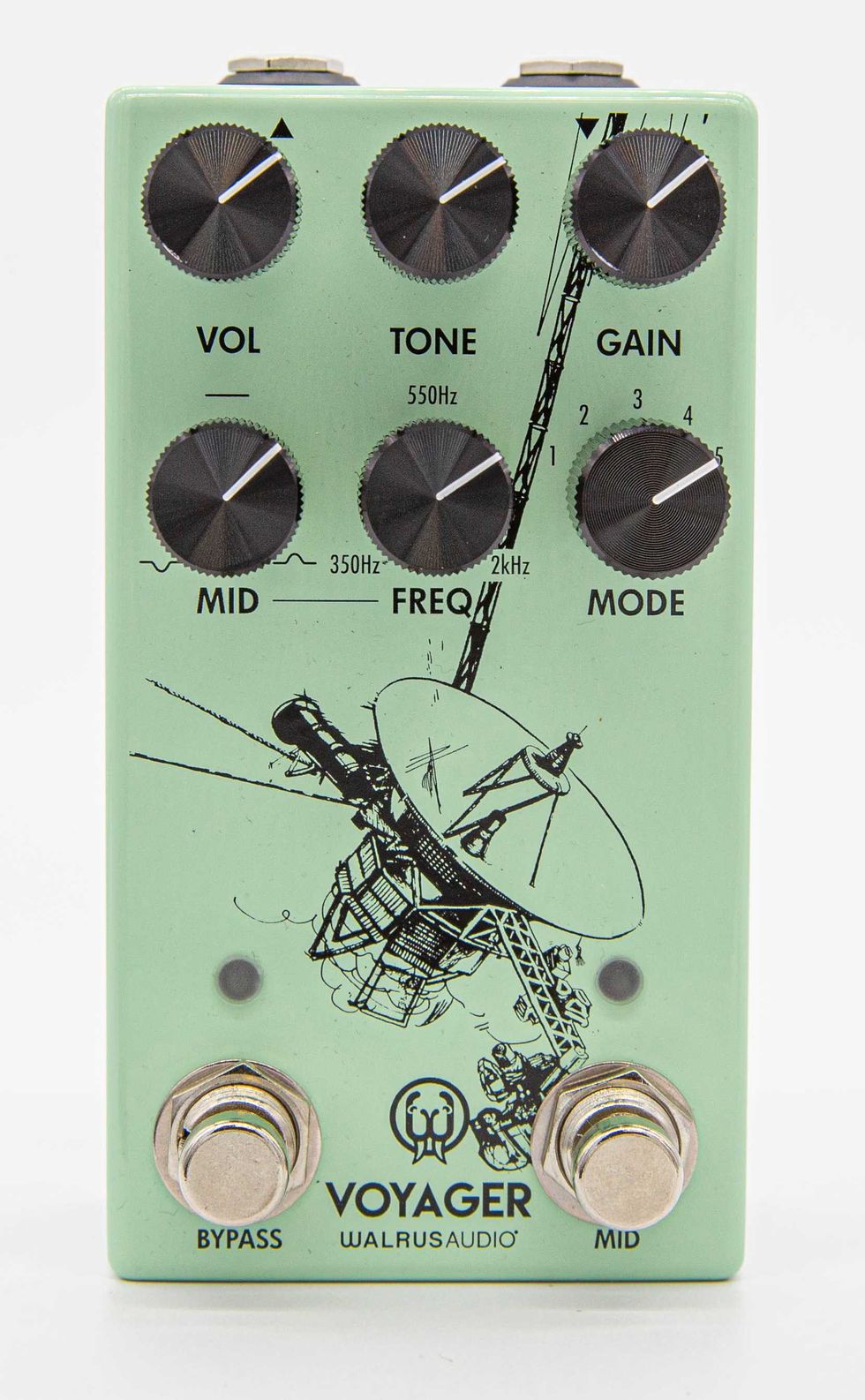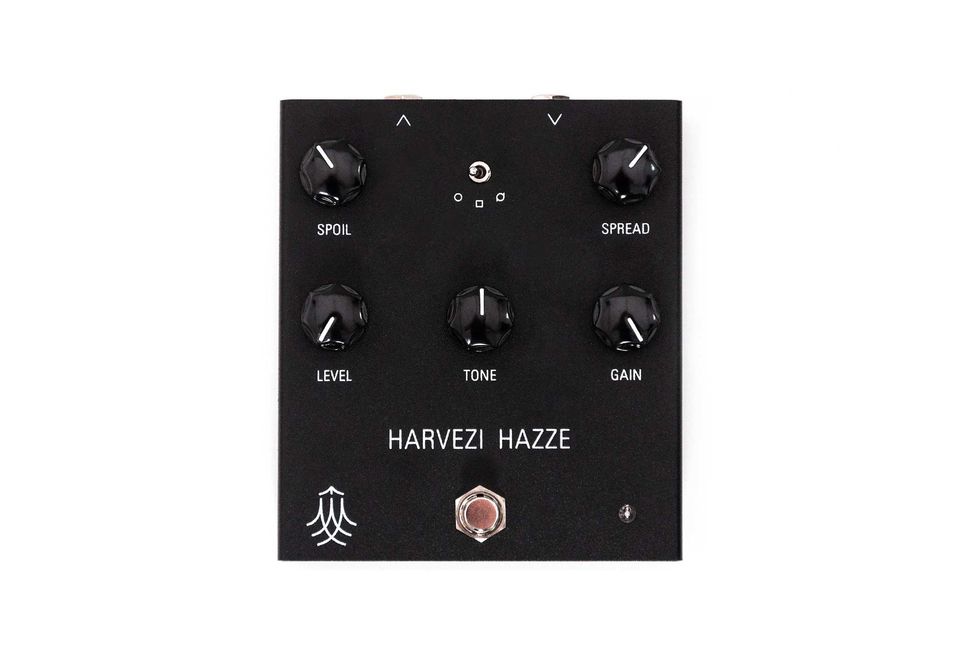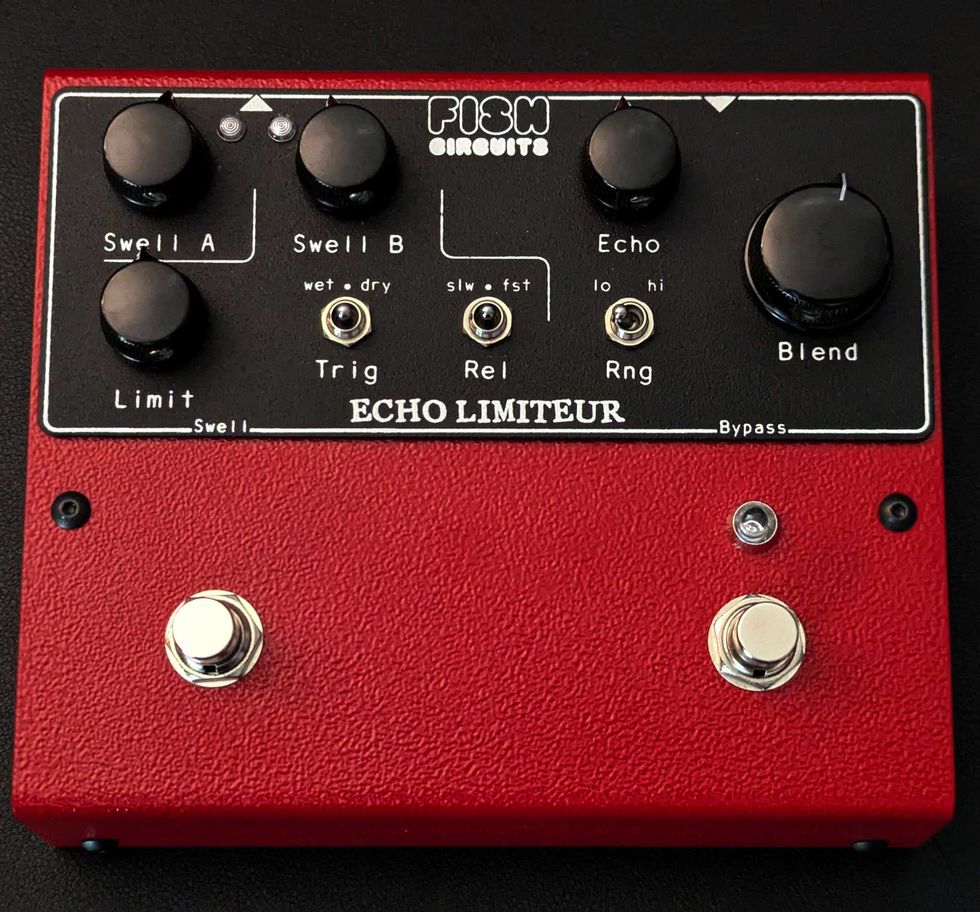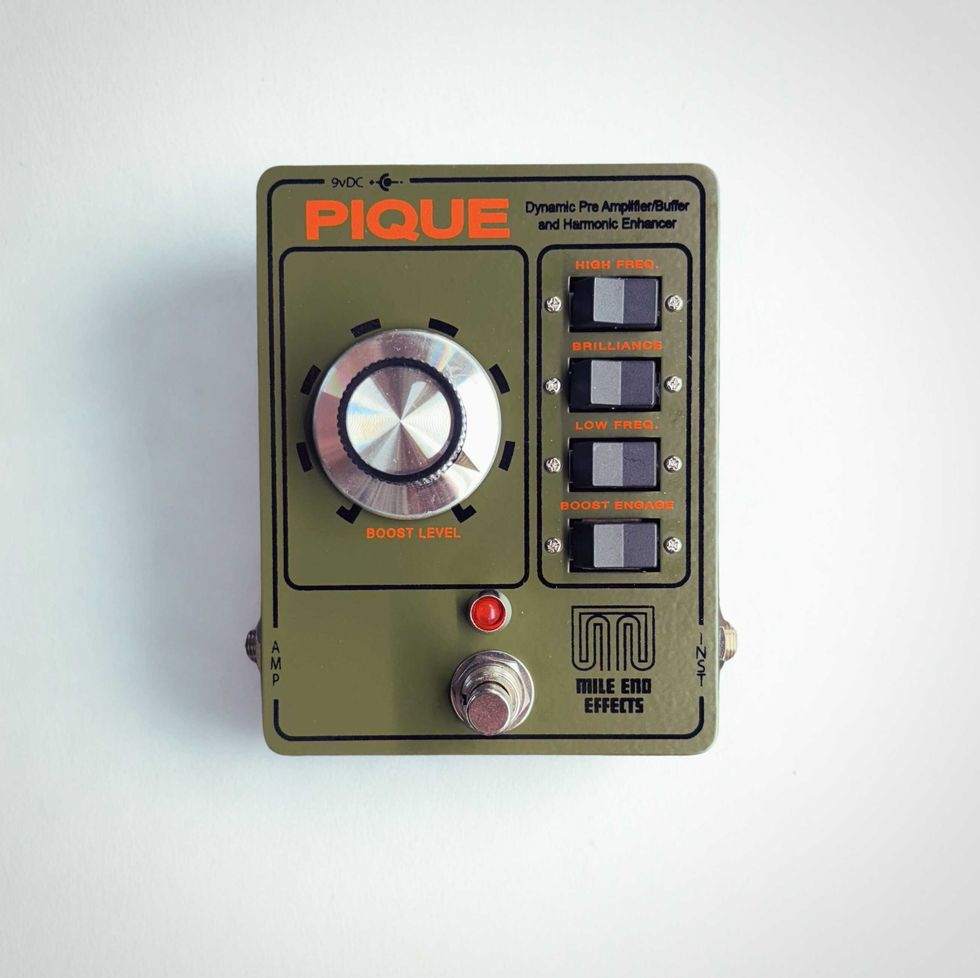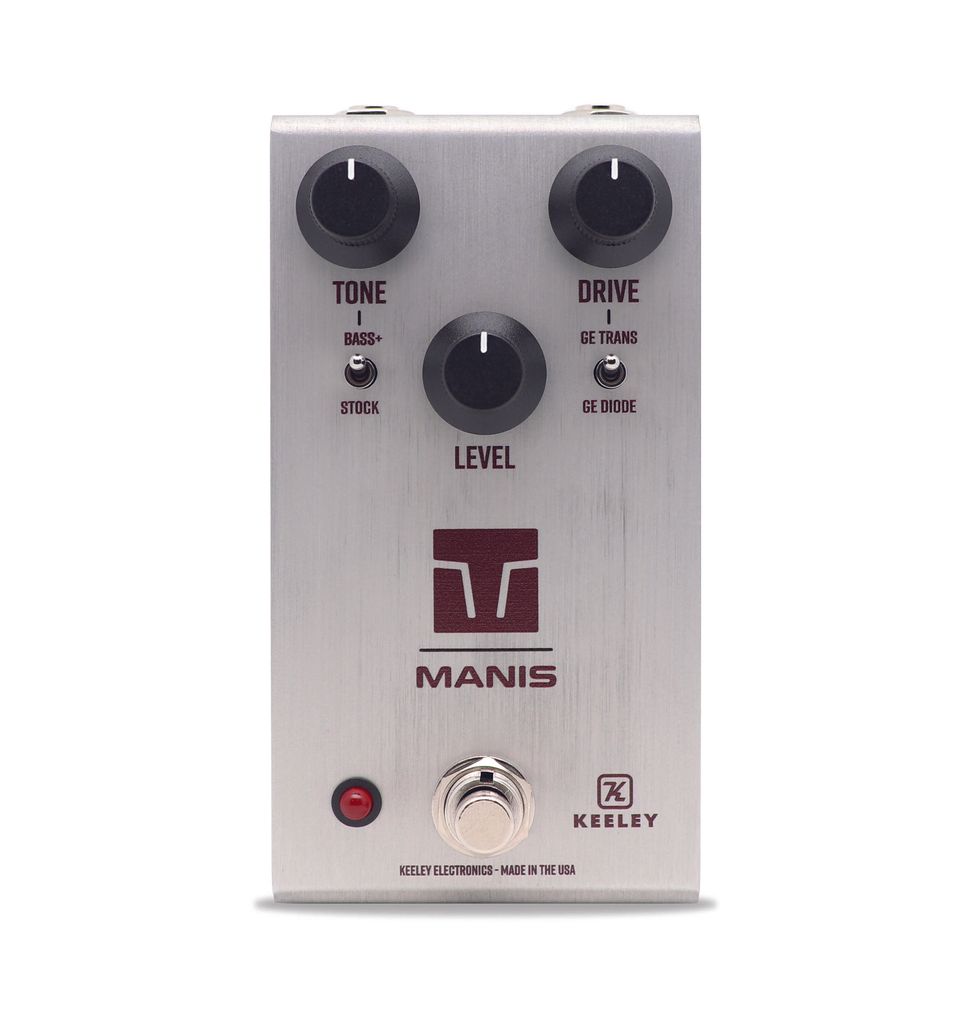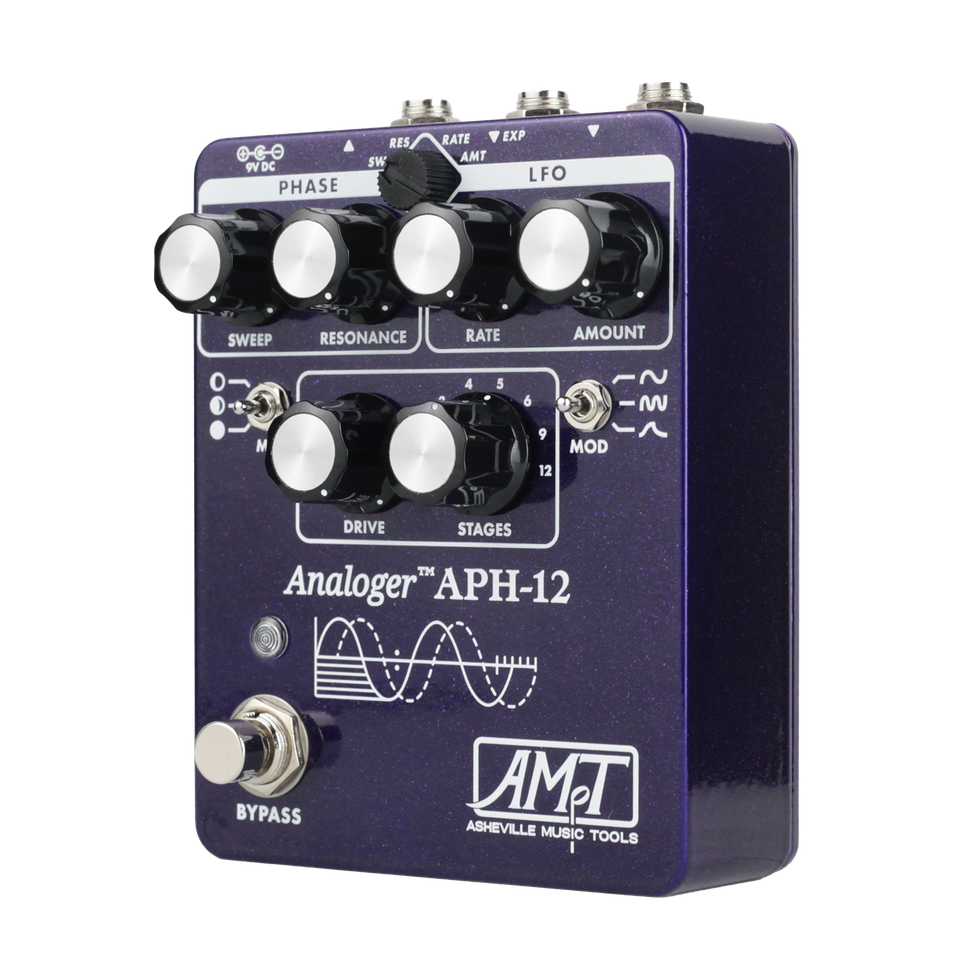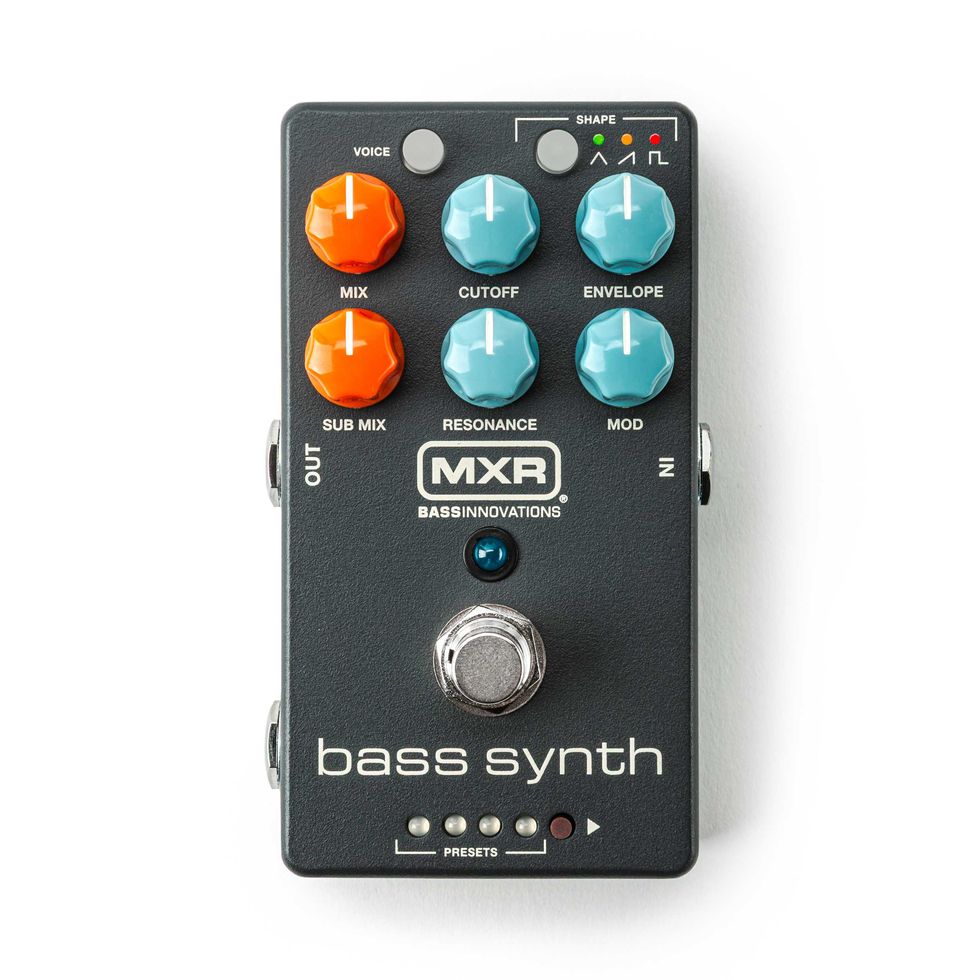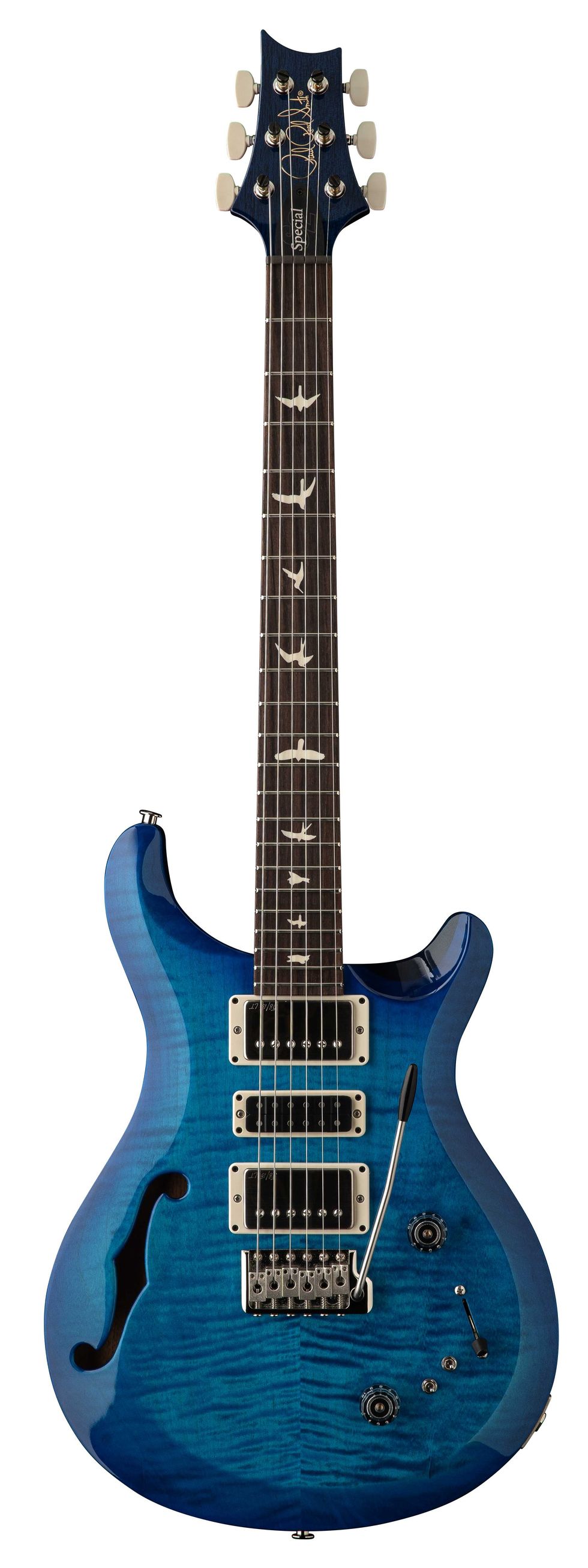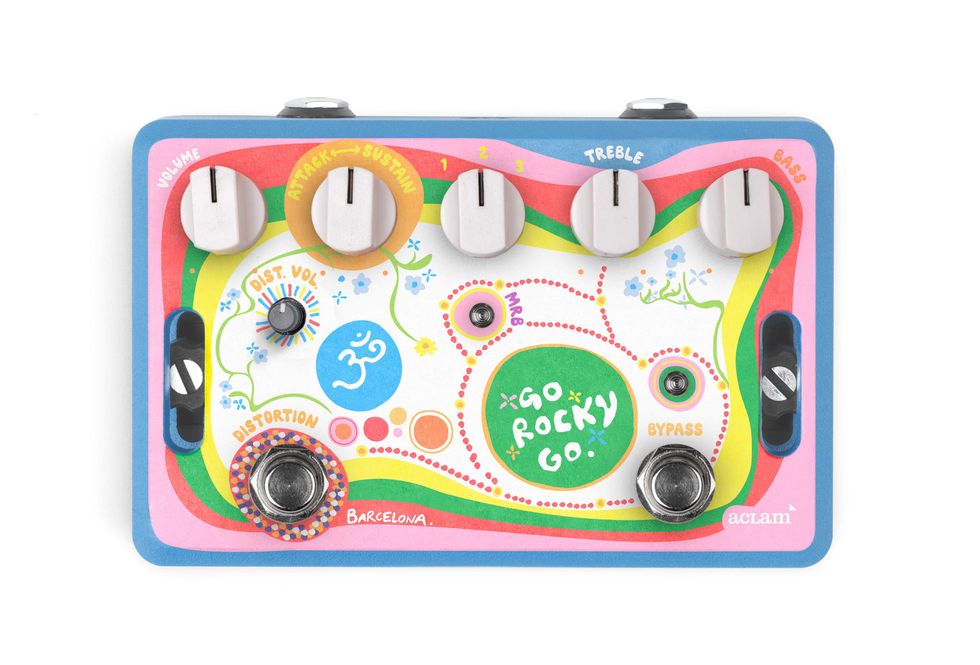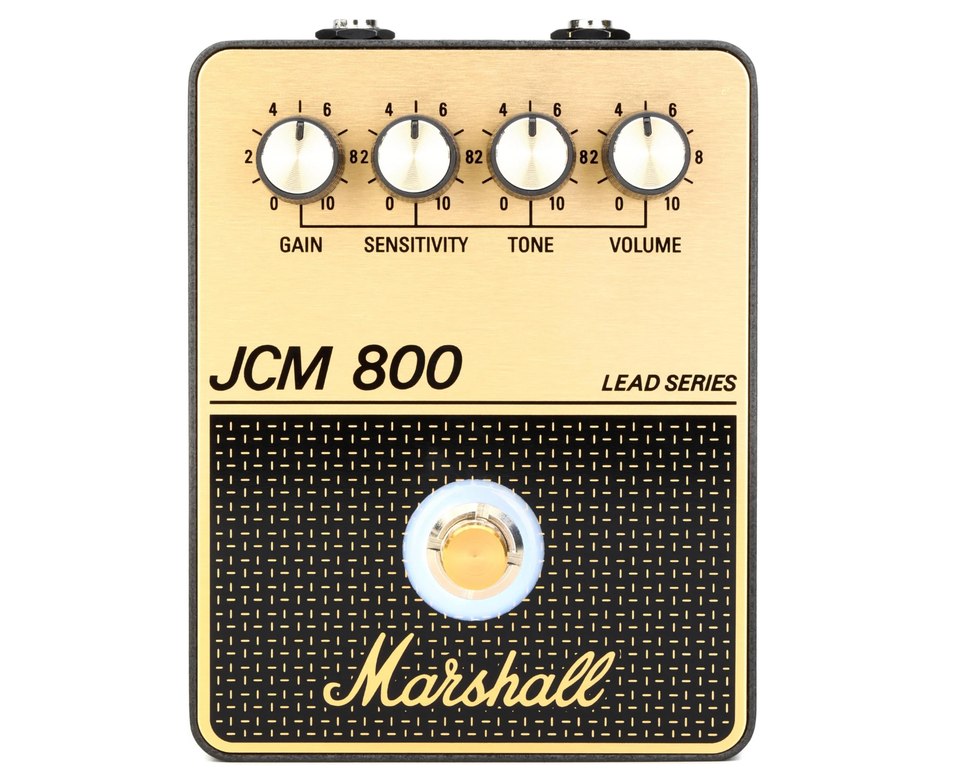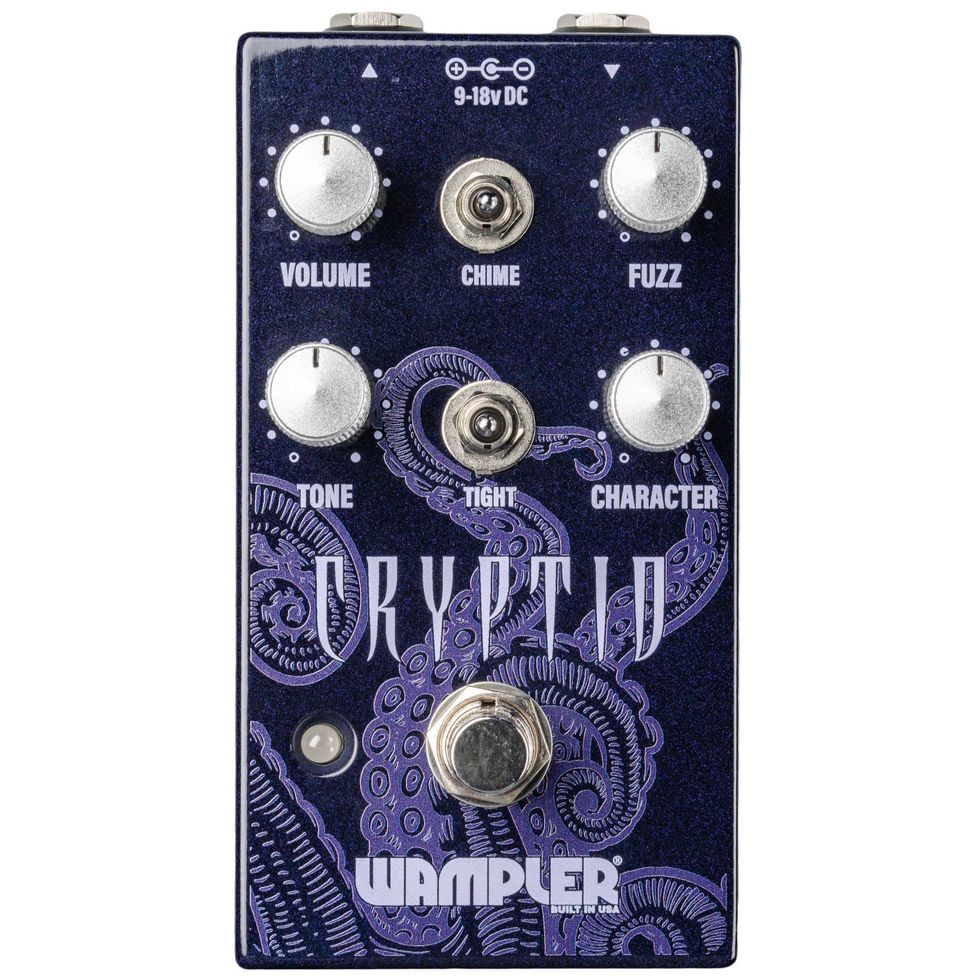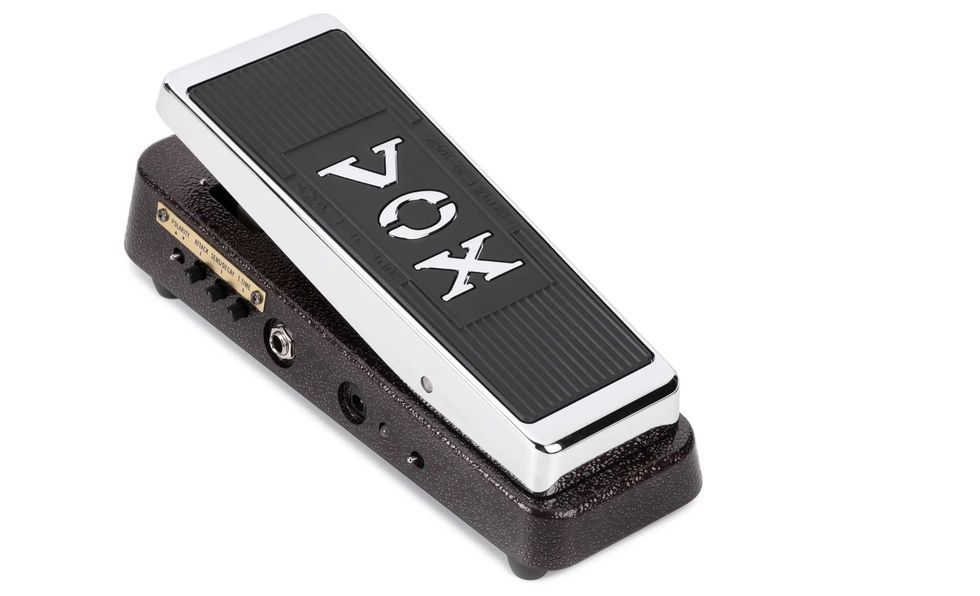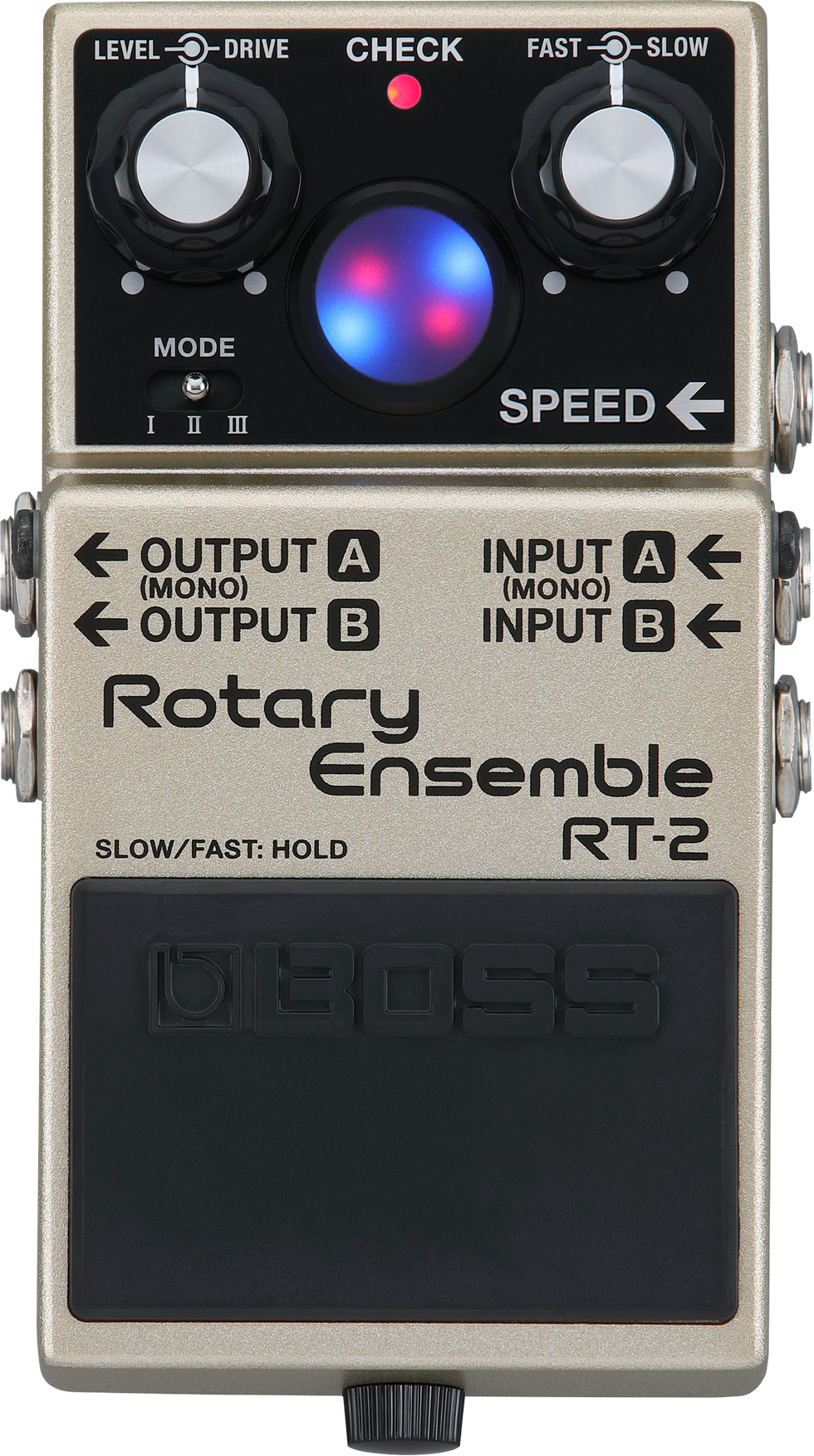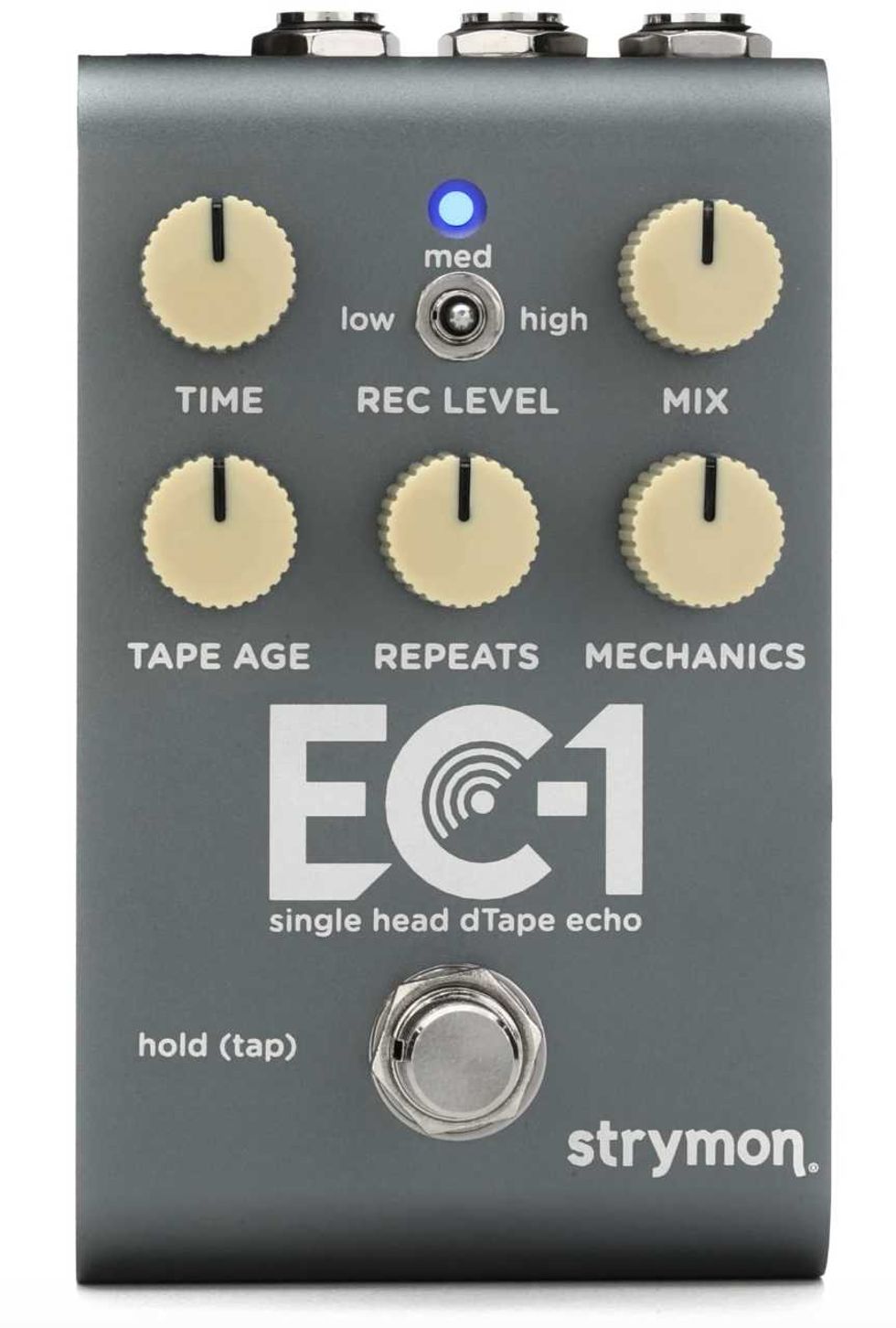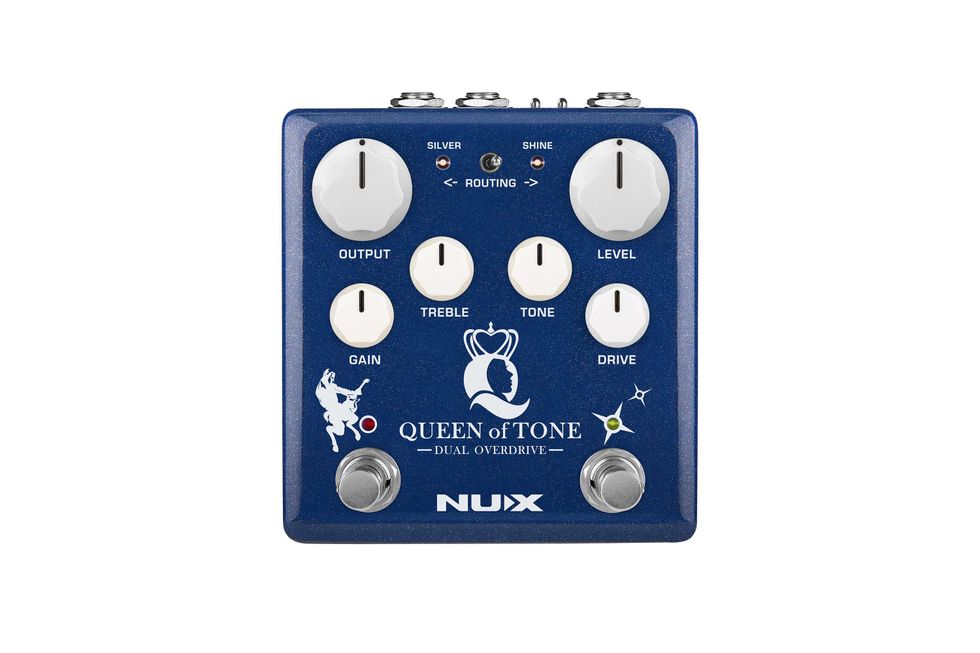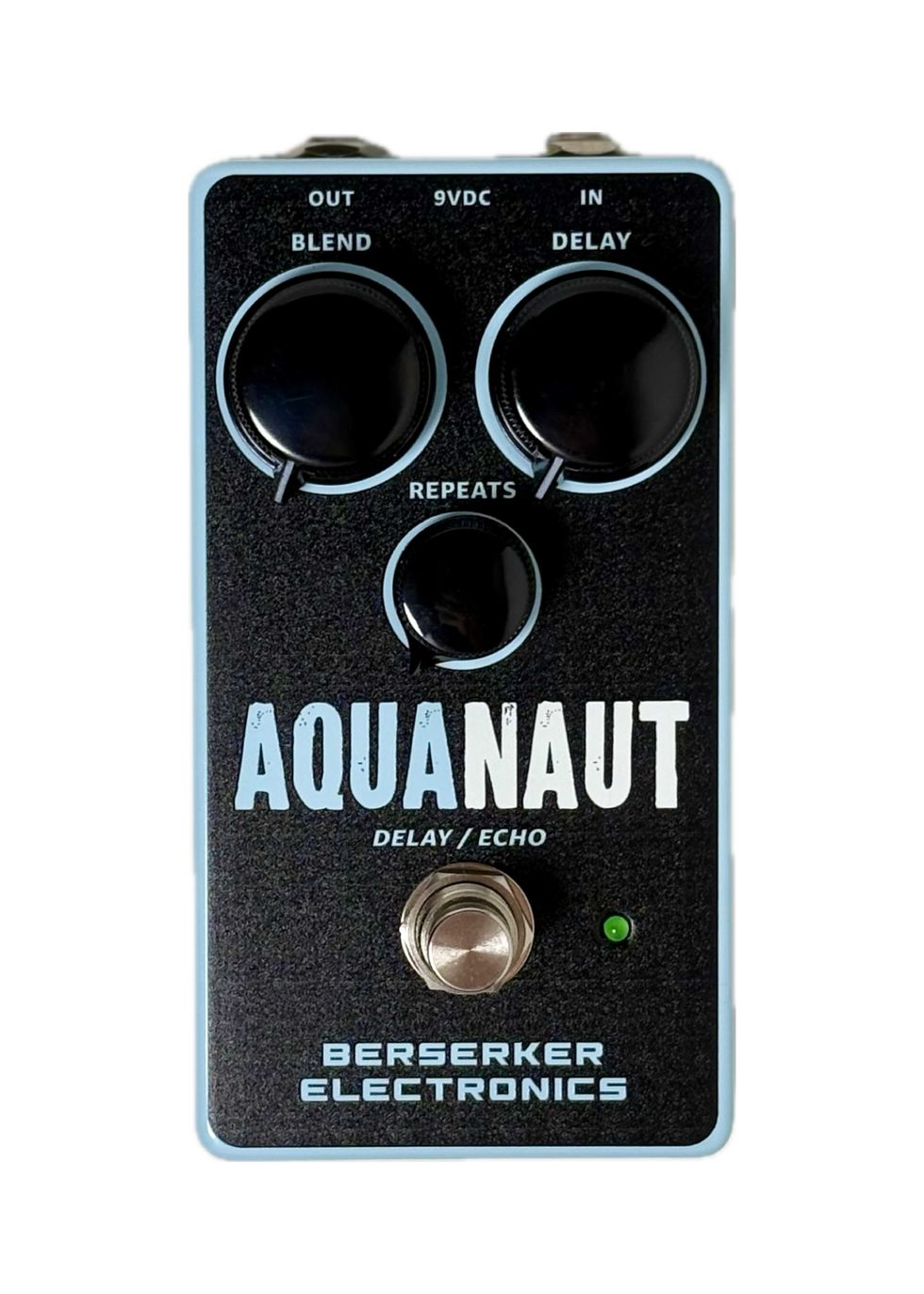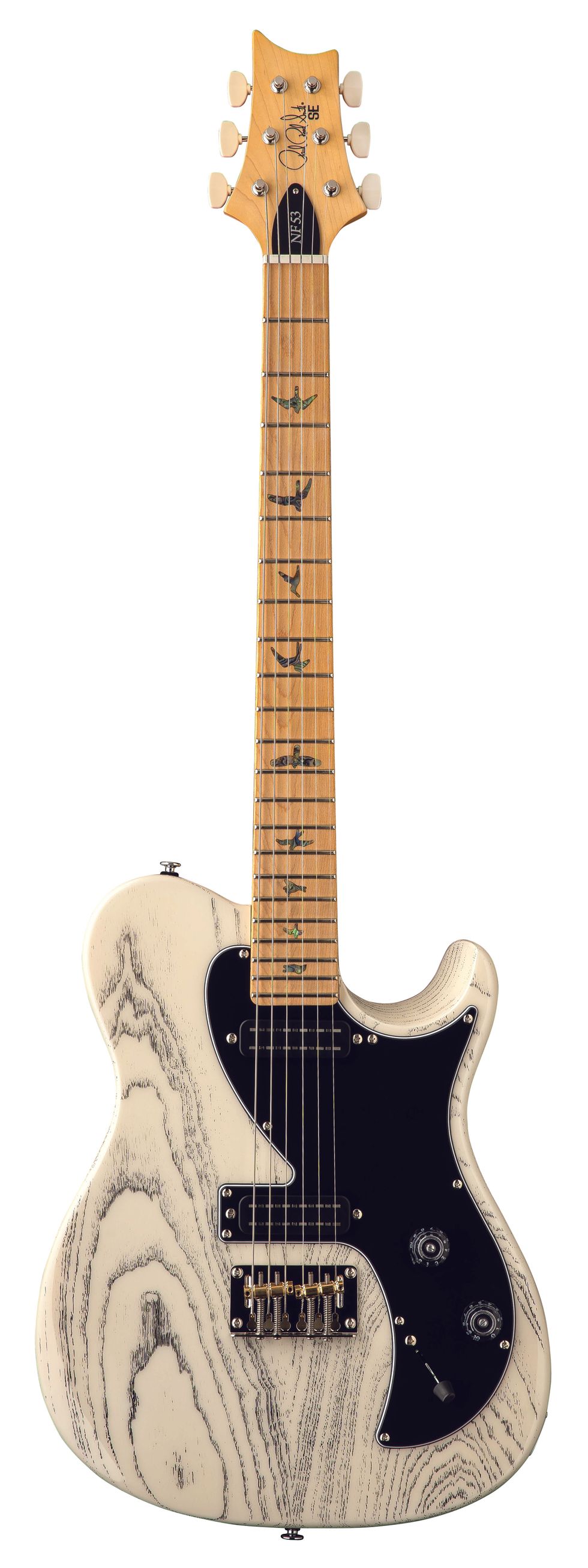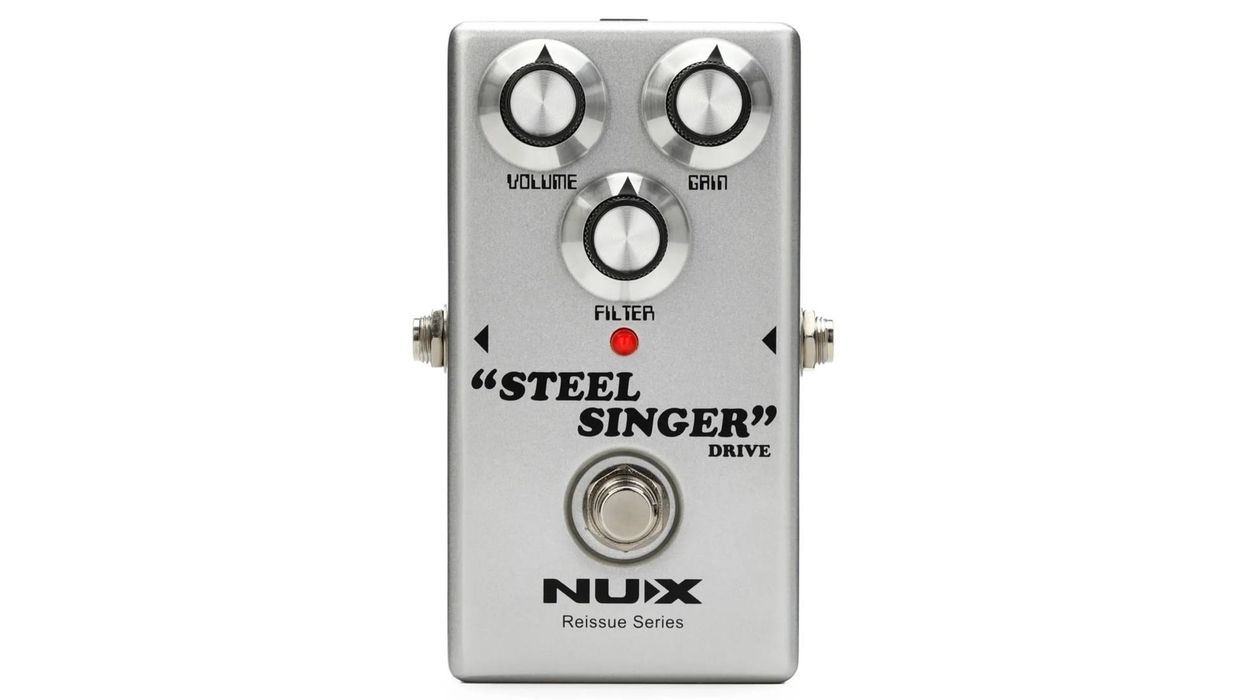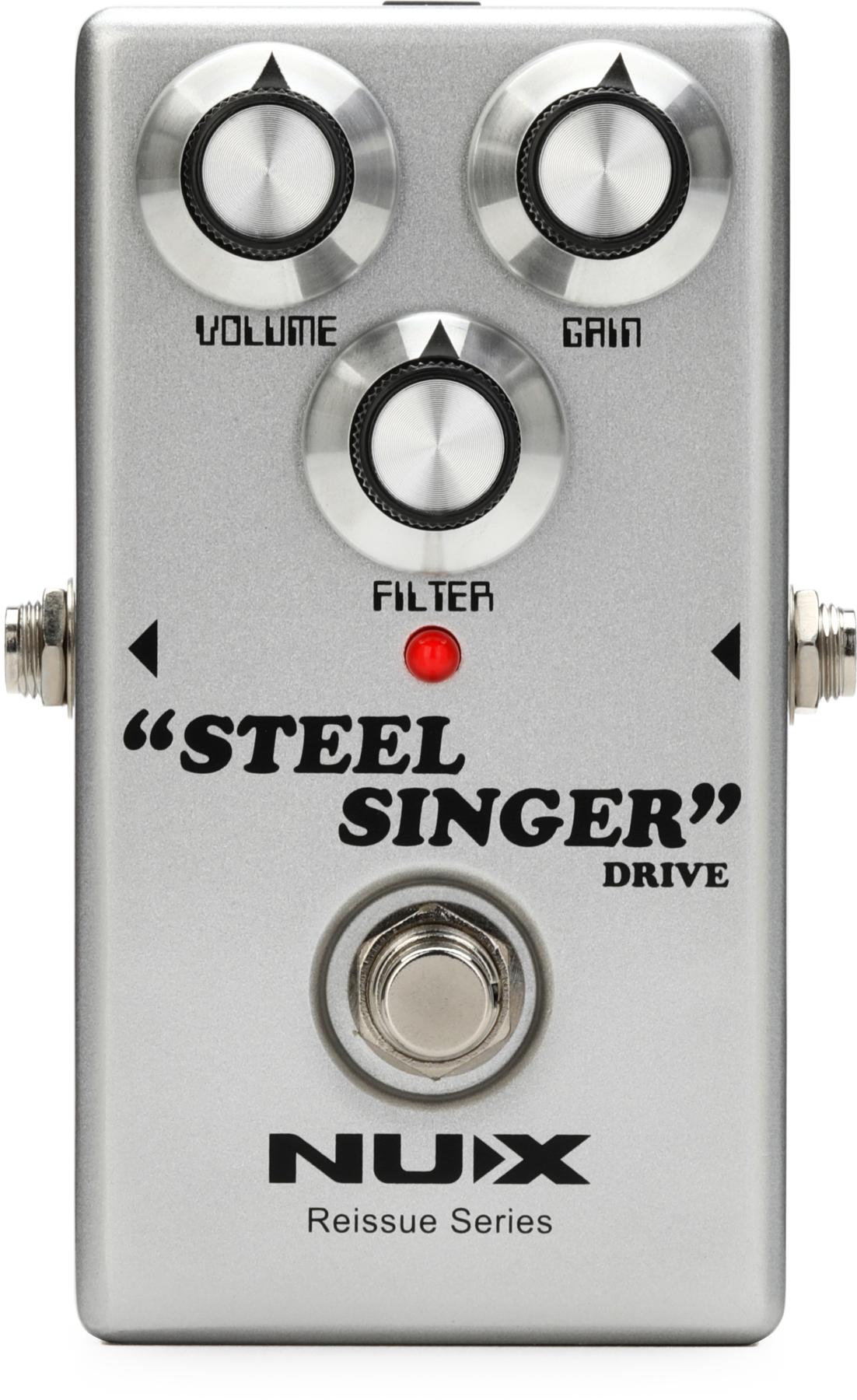Gone are the days when you either needed to be a touring pro or the benefactor of a trust fund to have a fancy loop-based effect switching system. Over the last few years, loop switchers have become smaller, more affordable, and exponentially more powerful than those fridge-sized rack systems that were everywhere in the ’80s. We now have the Boss MS-3, a new multi-effects switcher that does quite a bit more than just saving you from tap dancing all over your pedalboard.
Tones in the Machine
The MS-3 is more than just a loop switcher. It is a multi-effects unit that sports three independent loops. Inside the MS-3 are over 100 different types of effects that range from the expected overdrive, delay, and reverb to the more specialized (and fun!) Boss-designed Tera Echo and Slicer. The idea is that you can loop in three of your favorite—or most essential—pedals and let the MS-3 cover anything else you might need. Handy, right?
spur-of-the-moment decision.
Remember, we’re asking these minicomputers to do quite a bit of manipulation to the audio path, so forge ahead with an open mind and don’t get discouraged with turning knobs and exploring menus. I did find the free editor/librarian software infinitely easier than editing via the control panel.
The top panel of the MS-3 is rather simple, considering the power packed inside. There are five footswitches for moving through the various banks of presets, three knobs to control different effects parameters, and five buttons for navigating the menus and organizing the effects. When you fire the unit up, you enter memory mode, where each of four switches along the front activates an entirely new preset, and hitting the two on the left or right allows you to move through the banks. Underneath the three knobs sits a row of small lights that tell which effects and loops are engaged. This doesn’t indicate the order of the effects, which is an important distinction.
Ratings
Pros:
Tons of effects. Very good modulation tones. Rather small learning curve for a programmable switcher.
Cons:
Can’t reorder the loops. Some distortion and overdrive tones are lackluster.
Tones:
Ease of Use:
Build/Design:
Value:
Street:
$399
Prep Yourself Before You Wreck Yourself
Bringing a loop-switching system to gig isn’t a spur-of-the-moment decision. You need to prepare. After careful deliberation, I decided to bring my Strymon Mobius and Truetone Route 66 Overdrive/Compressor along with the MS-3. Since you can’t change the order of the loops in the MS-3, I put the Mobius in loop 3, the compressor side of the Route 66 in loop 1, and the overdrive in loop 2. Once the loops are in place, you can customize how all the internal effects flow around your physical pedals. With a simple turn of the knob you can move delay before reverb, add in an octave pedal, or even throw a harmonizer in the mix after a compressor. Moving the effects around in the signal chain to experiment was surprisingly easy and fun.
I setup four presets: clean tone with a bit of compression and reverb, crunchy distortion with a switchable phaser via the Mobius, an overdriven lead sound from the Route 66 with a bit of delay, and a rockabilly-style slapback setting. (Disclaimer: The audio examples included with this review only use the MS-3’s tones.) Immediately, I was pleased with the reverbs and delays in the MS-3. The tape delay was gritty in just the right spots and the plate reverbs are just metallic enough. Naturally, there are far more effects and preset slots than you’d ever need on a gig, but it just gives you comfort to know they are there, right? For example, there are 21 different types of overdrive and distortions available within the MS-3 that range from a simple clean boost to muff-style dirt. The higher-gain flavors tended to feel a bit more authentic to my ears and less digital sounding. I especially dug the octave fuzz setting. Bonus: Each overdrive and distortion setting has a dedicated boost feature and a direct level control to blend your dry signal.
The Verdict
The combination of multi-effects unit and switcher isn’t an entirely new concept, but the MS-3’s mix of affordability, flexibility, and quality gives it a leg up. Add in the myriad output and function controls in the back and it becomes hard to find an I/O setup that the MS-3 couldn’t slip into. The wealth of effects and routing options, not to mention the MIDI and expression control features, is an engaging mix that can lead to a rabbit hole of experimentation and discovery.
Watch the review demo:


